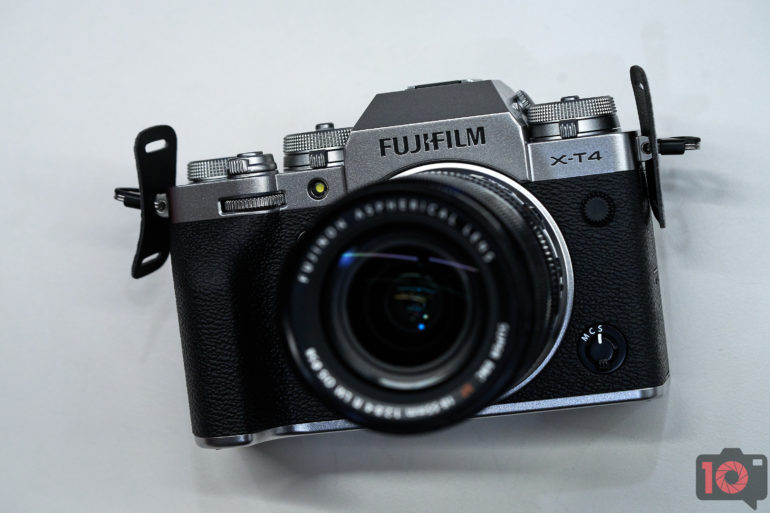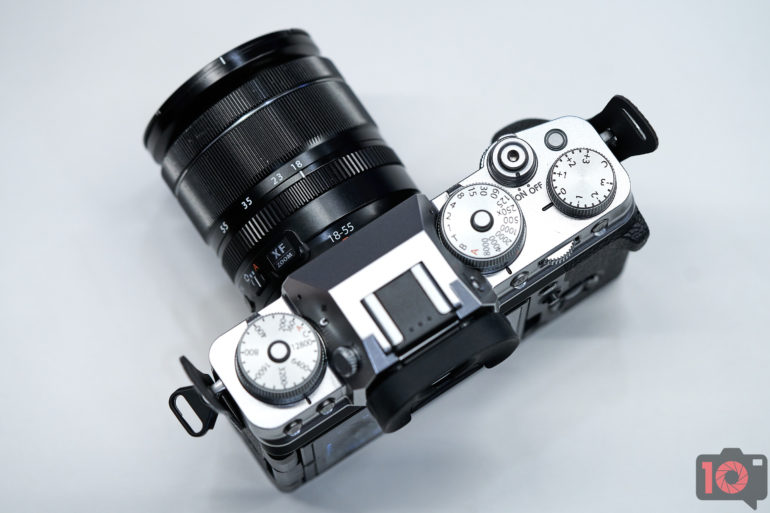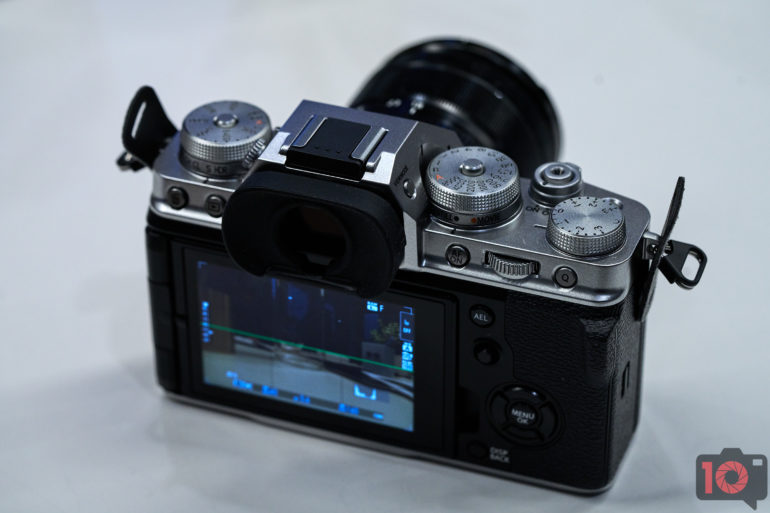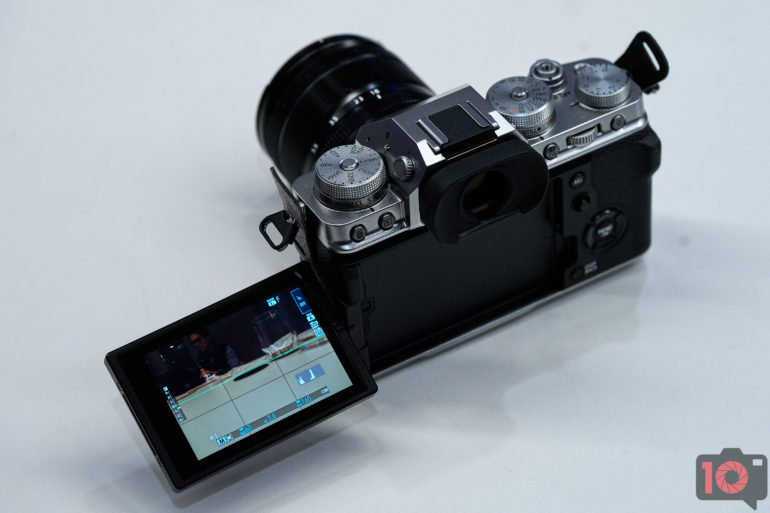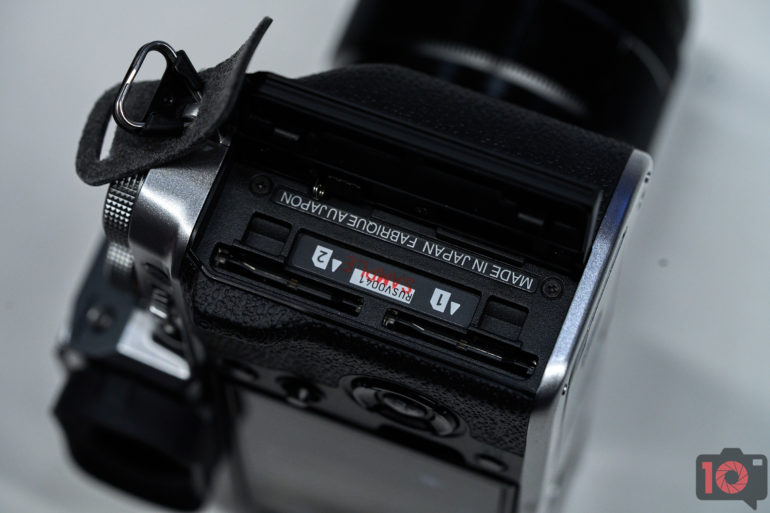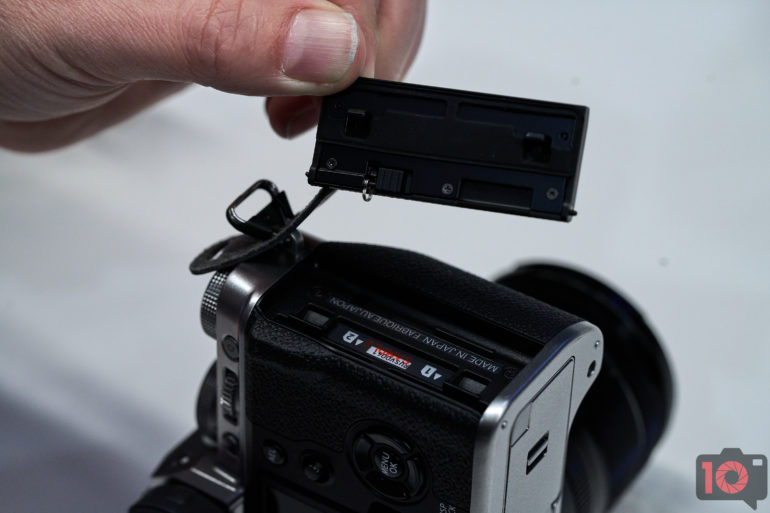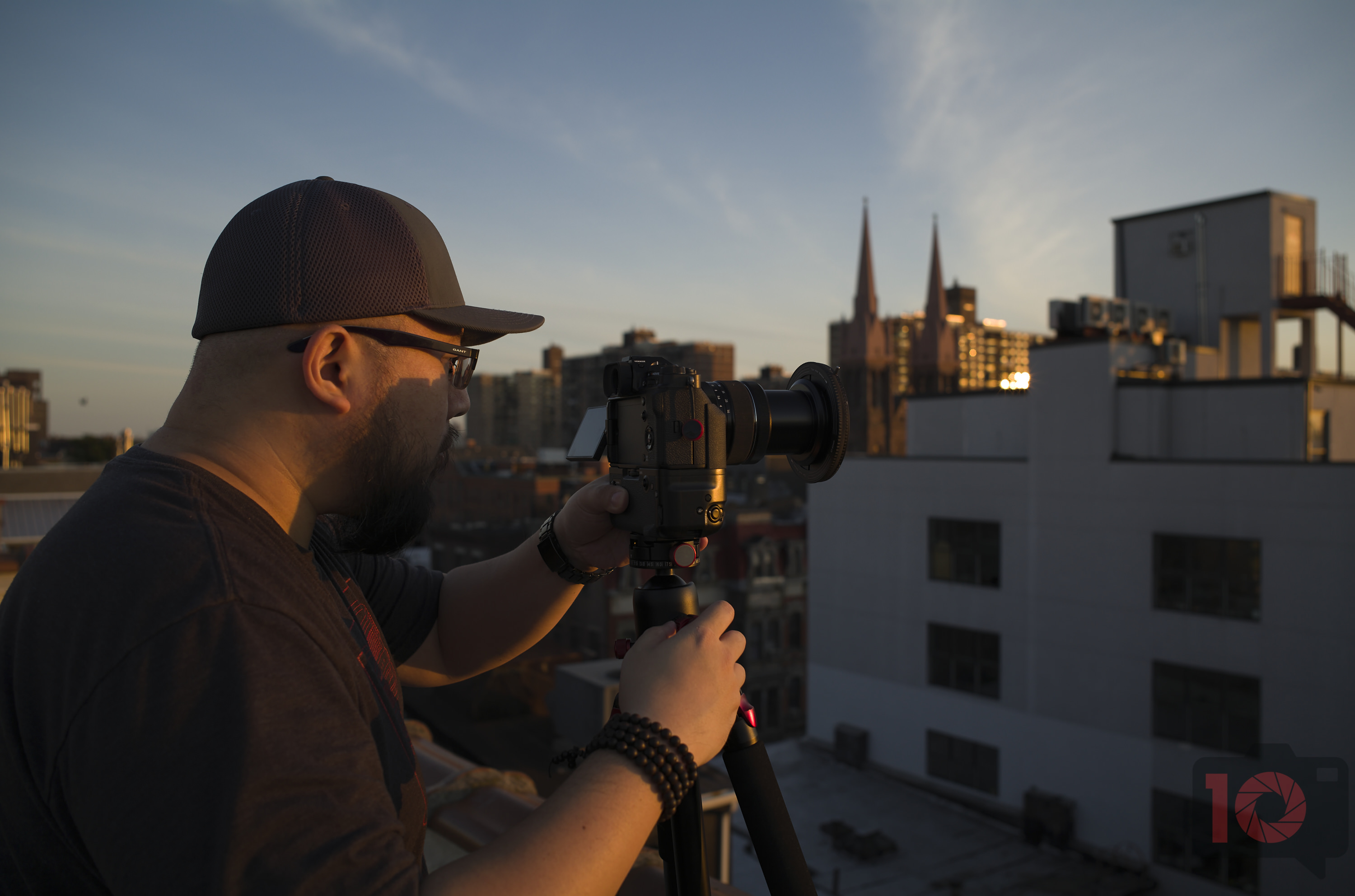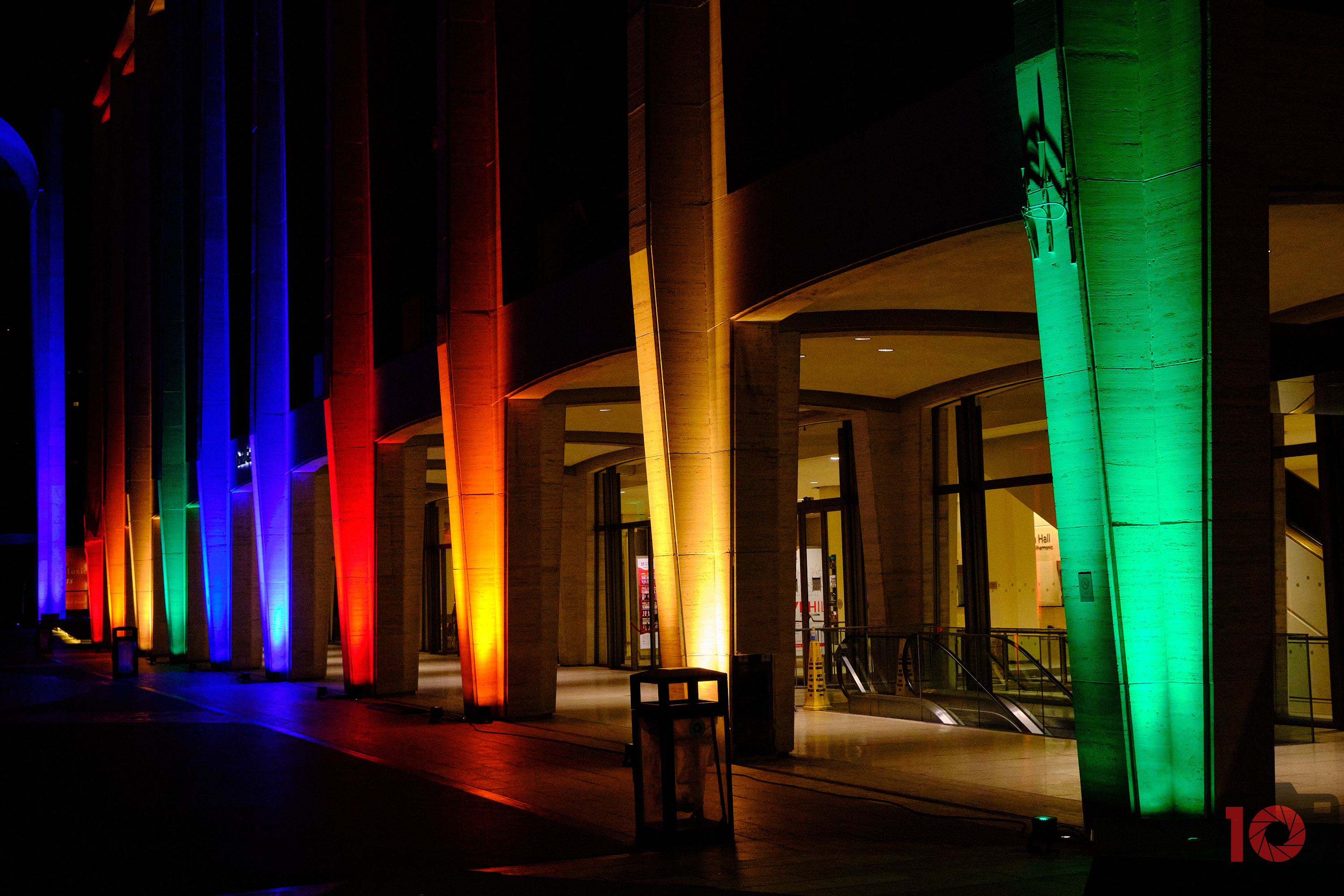Last Updated on 10/31/2022 by Hillary Grigonis
Upgrades, upgrades, upgrades! With the Fujifilm XT4, we’re getting everything we loved about its predecessor along with a whole lot more.
Following in the footsteps of a runaway hit will always be challenging. That’s precisely the shoes Fujifilm has to fill with the XT4. The XT3 was released with significant upgrades to the X-T camera series. Although the XT3 garnered near-universal praise, there was still room for improvement. That’s precisely what Fujifilm is betting on with the XT4. By incorporating features like a fully articulating touchscreen, in-body image stabilization, and a larger battery (features that were absent in the well-received X-T3), Fujifilm is hoping to repeat the same level of success with the XT4.
The Fujifilm XT4 is now more than two years old, and, in that time, a lot has changed. Fujifilm now has the X-H2s and higher resolution X-H2. Additional features have become standard, like animal eye AF, which the X-T4 doesn’t have. Yet, when I decided to finally make the mirrorless switch last year, I ended up choosing the X-T4 — and it wasn’t even that hard of a decision. I’ve now been shooting with two X-T4 bodies for more than a year. And, Fujifilm has launched several firmware updates over the last two years. So, where does the XT4 stand in 2022? We’ve updated our Fujifilm XT4 review with long-term use and the latest firmware.
Updated October 2022 by Reviews Editor Hillary Grigonis.
Table of Contents
The Big Picture
I review cameras for a living, and when it came time to upgrade my gear, I chose the XT4. That’s really saying something. The Fujifilm XT4 is a prime example of how good a camera can be when camera manufacturers listen to customer feedback. As the old adage goes, “Give the people what they want.” With the X-T4, that’s precisely what Fujifilm’s done. The outgoing X-T3 was already a very capable camera (we gave it Editor’s Choice for a reason). The XT4 packs even more under the hood with the addition of in-camera image stabilization, a fully articulating touchscreen, and a larger battery.
The main reason I chose to shoot with the XT4 is the image quality. I save a ton of time on photo editing because the XT4 has great color profiles. Shooting with Astia, I struggle less with red skin tones, or, for that matter, green skin tones. But, I also love the XT4’s ergonomics and the selection of metal prime lenses. I paired the camera with the 50mm f1, and I don’t even miss my full-frame DSLR with a 24-70mm f2.8 zoom lens.
However, if I shot a genre like sports or wildlife, I would have chosen a different system. The autofocus is sufficient for portraits and even a low-light dance floor. But, there are faster systems out there —- and systems with great animal eye AF. The high ISO quality is also naturally better from a full-frame camera system.
All of the new bells and whistles come at a price, however. With a US $1,700 MSRP for the camera body alone, though, the XT4 is fast approaching Full Frame territory in terms of pricing. Sony’s Crop Sensor flagship A6600, the XT4’s most direct competitor, can now be had for around US $1,200 (it launched last year with an MSRP of US $1,400). For half a grand less, you’re getting a comparably equipped camera in the A6600 with better overall autofocus performance (despite the XT4’s ability to shoot at a slightly higher FPS). The XT4’s sensor is also 2 megapixels larger than the A6600’s. Practically speaking though, that’s a negligible increase in resolution. Crop Sensor lens selection is where Fujifilm commands a significant advantage over Sony. Let’s also not forget the ever-growing list of film simulations you have access to with the Fujifilm X-T4. All things considered, the Fujifilm XT4 is an outstanding choice for professionals as well as hobbyists that are serious about photography, as long as you can justify the higher price of admission.
The Fujifilm X-T4 earns five out of five stars. If not for the minor quibbles, we would’ve awarded it our Editor’s Choice Award like with its predecessor. If the issues regarding high ISO performance and the limited touchscreen capabilities are addressed via future firmware updates, we will update this review accordingly. The Fujifilm X-T4 is available now from Amazon.

Pros
- Excellent build quality and weather sealing
- Upgraded autofocus performance
- Articulating touchscreen, finally!
- Dual UHS-II SD card slots
- Some of the best in-camera image stabilization we’ve seen
- Deeper grip
- New Bleach Bypass film simulation
- Excellent selection of prime lenses, many of them metal
- Larger battery (can be tripled when using the VG-XT4 vertical grip)
- A lot of technology for $1,699
Cons
- Some of the menus in the Fujifilm XT4 still aren’t touch compatible
- Eye AF is good, but there are better performers here
- Inconsistent high ISO performance
Gear Used
In our original review, we tested the Fujifilm X-T4 with the following:
- Fujifilm VG-XT4 vertical grip
- Fujifilm XF 8-16mm f2.8 R LM WR lens
- Fujifilm XF 14mm f2.8 R lens
- Fujifilm XF 16-80mm f4 R OIS WR lens
- Fujifilm XF 56mm f1.2 R lens
- MeFOTO RoadTrip Classic Leather Edition Tripod
I now own two XT4 bodies, which I regularly use with the following:
- Fujifilm XF 18mm f1.8 LM WR
- Fujifilm XF 50mm f1 R WR
- Fujifilm XF 90mm f2 LM WR
- Flashpoint Zoom Li-ion R2 Flash and triggers
Fujifilm XT4 Tech Specs
Tech specs for the Fujifilm XT4 taken from the official press release:
| Model Name | Fujifilm X-T4 |
| Number of Effective Pixels | 26.1 million pixels |
| Image Sensor | 23.5 mm x 15.6 mm (APS-C) X-Trans CMOS 4 with primary color filter |
| Storage Media | SD memory card (~2GB) / SDHC memory card (~32GB) / SDXC memory card (~512GB) UHS-I / UHS-II / Video Speed Class V90 *1 |
| File Format of Still Image | JPEG: Exif Ver. 2.3 *2 / RAW: 14bit RAW (RAF original format) / TIFF: 8/16bit RGB |
| Lens Mount | Fujifilm X Mount |
| Sensitivity | |
| Standard Output Sensitivity | AUTO1 / AUTO2 / AUTO3 (up to ISO 12,800) / ISO 160 – 12,800 (1/3 step) |
| Extended Output Sensitivity | ISO 80 / 100 / 125 / 25,600 / 51,200 |
| Exposure Control | TTL 256-zone metering, Multi / Spot / Average / Center Weighted |
| Exposure Mode | P (Program AE) / A (Aperture Priority AE) / S (Shutter Speed Priority AE) / M (Manual Exposure) |
| Exposure Compensation | -5.0EV – +5.0EV 1/3 EV step (Movie: -2.0EV – +2.0EV) |
| Image Stabilizer | |
| Mechanism | Image sensor shift mechanism with 5-axis compensation |
| Compensation Effect | Maximum 6.5 stops (based on CIPA standard. Pitch/yaw shake only. |
| Digital Image Stabilization | Yes (movie mode only) |
| IS Mode Boost | Yes (movie mode only) |
| Shutter Type | Focal Plane Shutter |
| Movie Recording | MOV (MPEG-4 AVC/H.264, HEVC/H.265, Audio: Linear PCM / Stereo Sound 24 bit / 48 KHz sampling) |
| File Format | MP4 (MPEG-4 AVC/H.264, Audio: AAC) |
| File Size | All Intra / Long-GOP |
| Frame Rate | * All Intra can be used with following settings |
| Recording Time | DCI 4K / 4K 29.97p / 25p / 24p / 23.98p 400 Mbps |
| Full HD 2048 x 1080 / Full HD 1920 × 1080 / 59.94p / 50p / 29.97p / 25p / 24p / 23.98p 200 Mbps | |
| DCI 4K 4096 x 2160 / 59.94p / 50p / 29.97p / 25p / 24p / 23.98p / 400 Mbps / 200 Mbps / 100 Mbps 59.94p / 50p: up to approx. 20 min. 29.97p / 25p / 24p / 23.98p: up to approx. 30 min. | |
| 4K 3840 × 2160 / 59.94p / 50p / 29.97p / 25p / 24p / 23.98p / 400 Mbps / 200 Mbps / 100 Mbps 59.94p / 50p: up to approx. 20min. 29.97p / 25p / 24p / 23.98p: up to approx. 30min. | |
| Full HD 2048 x 1080 / 59.94p / 50p / 29.97p / 25p / 24p / 23.98p 200 Mbps / 100 Mbps / 50 Mbps up to approx. 30min. | |
| Full HD 1920 x 1080 / 59.94p / 50p / 29.97p / 25p / 24p / 23.98p 200 Mbps / 100 Mbps / 50 Mbps up to approx. 30min. | |
| Full HD 1920 x 1080 / High Speed Rec. | |
| 240p / 200p / 200 Mbps (recording) up to approx. 3min. | |
| 120p / 100p / 200 Mbps (recording) up to approx. 6min. | |
| * For recording movies, use a SD memory card with UHS Speed Class 3 or higher. | |
| * For recording movies in 400 Mbps, use a SD memory card with Video Speed Class 60 or higher. | |
| * Recording movies in 400 Mbps can be done with DCI 4K / 4K 29.97p / 25p / 24p / 23.98p | |
| * DCI 4K 59.94p / 50p is not available when H.264 is selected | |
| * Although movie recording will continue without interruption when the file size reaches 4GB, subsequent footage will be recorded to a separate file which must be viewed separately. | |
| Flash Modes | 1st Curtain / 2nd Curtain / Auto FP (HSS) (excl. EF-X8) |
| Sync. Mode | TTL (TTL Auto (P mode) / Standard / Slow Sync.) / Manual / Commander / Off (When EF-X8 is set) |
| Flash Mode | TTL (TTL Auto (P mode) / Standard / Slow Sync.) / Manual / Multi / Off (When Shoe Mount Flash is set) |
| LCD Monitor | 3.0 inch, aspect ratio 3:2, approx. 1.62 million dots touch screen color LCD monitor (approx. 100% coverage) |
| Viewfinder | 0.5 inch approx. 3.69 million dots OLED Color Viewfinder / Coverage of Viewing Area vs. Capturing Area: approx. 100% |
| Eyepoint: approx. 23mm (from the eyepiece lens) / Diopter Adjustment: -4~+2m-1 (Lockable) | |
| Magnification: 0.75 x with 50mm lens (35mm equivalent) at infinity and diopter set to -1m-1 | |
| Diagonal Angle of View: approx. 38° (Horizontal Angle of View: approx. 30°) / Built-in Eye Sensor | |
| Terminal | |
| Digital Interface | USB Type-C (USB 3.2 Gen 1×1) |
| HDMI Output | HDMI Micro Connector (Type D) |
| Other | ⌀ 3.5 mm, Stereo Mini Connector (Microphone) / ⌀ 2.5 mm, Remote Release Connector, Hot Shoe, Synchronized Terminal |
| Dimensions | (W) 134.6 mm x (H) 92.8 mm x (D) 63.8 mm (Minimum Depth 37.9 mm) |
| Weight | Approx. 607 g (Including Battery and SD Memory Card) |
| Approx. 526 g (Excluding Battery and SD Memory Card) | |
*1 Please see the Fujifilm website to check SD memory card compatibility. *2 Exif 2.3 is a digital camera file format that contains a variety of shooting information for optimal printing. |
Ergonomics
Ergonomics section taken from our First Impressions article:
The Fujifilm X-T4 looks and feels similar to previous X-T bodies. The much-loved minimalist, retro design makes a welcome return. Most people would have a hard time telling the XT4 apart from its predecessors if the model name on the upper right corner were covered. Aside from the Fujfilm and X-T4 engravings, the only things you’ll find along the top of the camera’s front are the Front Command Dial and AF Assist Light. Situated along both sides of the lens mount are the Customizable Function button, Lens Release button, Sync Terminal, and Focus Mode Selector. They are color-matched to the rest of the XT4’s body.
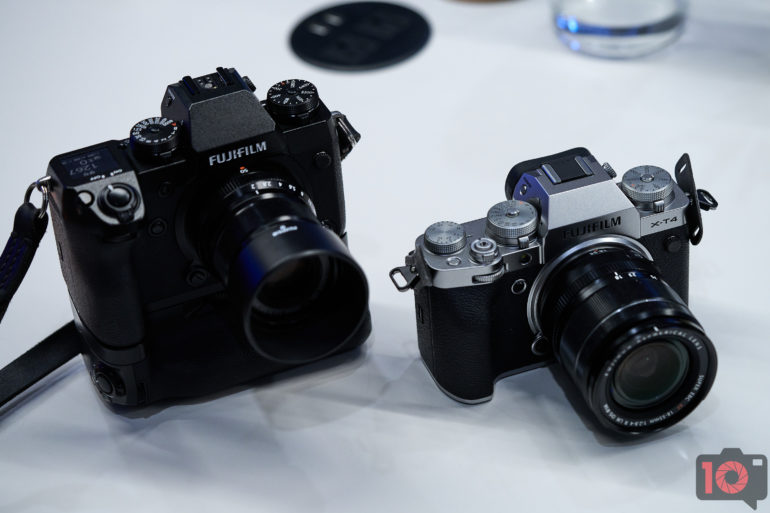
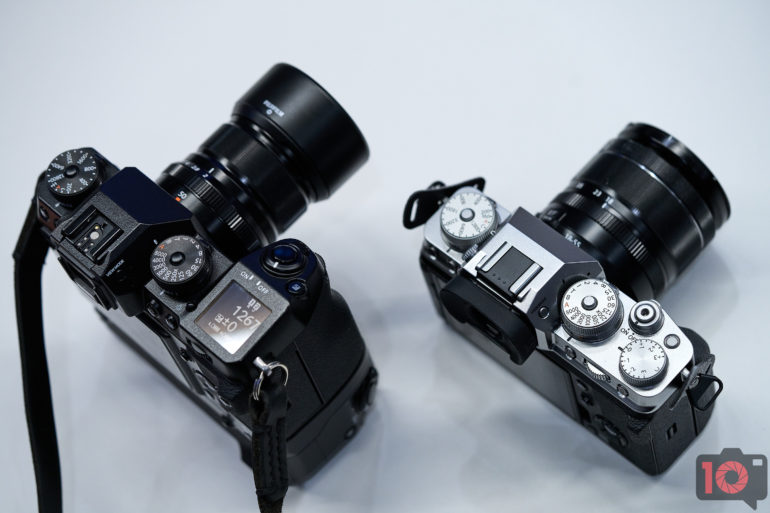
Here’s a comparison between the Fujifilm X-T4 and the Fujifilm X-H1 (with the Vertical Power Booster Grip attached). Both cameras feature In-Body Image Stabilization.
Like previous XT bodies, a majority of the X-T4’s controls are located on top of the camera. The lockable ISO dial and the Drive Mode Selector dial underneath are situated to the left. The 0.5″ OLED Viewfinder is flanked by the lockable Diopter Adjustment Knob and the View Mode button. The Hot Shoe is located above the Viewfinder. Next up is the lockable Shutter Speed Dial, with the mode dial nested beneath it now dedicated to switching between Stills or Movie mode. This dial was used to control the metering mode on the X-T3. The On/Off switch, Shutter Release, another Customizable Function button, and the Exposure Compensation Dial round out the rest of the controls found on top of the XT4.
Much of the X-T4’s rear is dominated by the 3″ Touchscreen LCD Monitor, which we’ll cover in more detail in just a bit. First let’s focus on the various buttons found on the back of the camera. Along the top, you’ll find the Delete and Playback buttons to the left of the Viewfinder. Moving towards the right of the Viewfinder, the AE-L and AF-L buttons found on the XT3 has been replaced with the AF On and Q Menu buttons on the XT4. Situated between the two is the Rear Command Dial. The layout towards the right of the X-T4’s Touchscreen is nearly identical to the XT3’s. The only difference on the XT4 is the AEL button in place of where the Q Menu button was on the XT3. The Joystick, directional Selector buttons, Menu/OK button, and the Display/Back button remain unchanged.
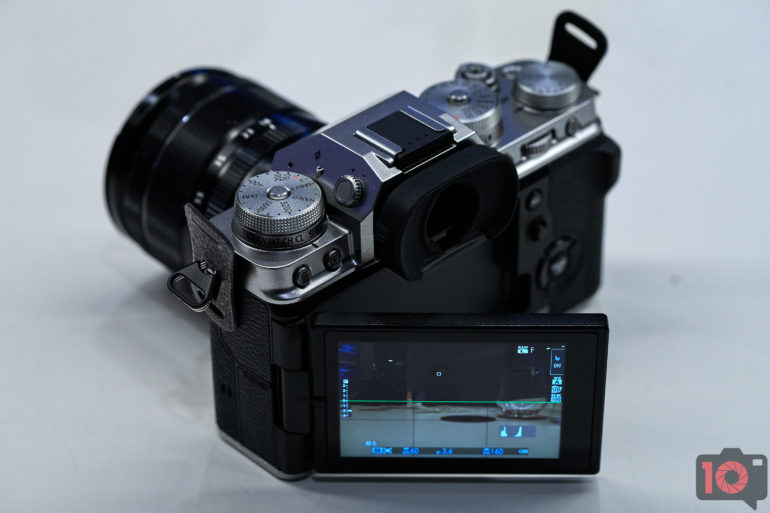
Let’s go back to the 3″ Touchscreen LCD Monitor. This is where you’ll find one of the most noticeable changes made to the X-T4’s exterior.
A fully articulating Touchscreen LCD Monitor replaces the bi-directional flipping mechanism found on the XT3’s screen. The bi-directional flipping mechanism always felt like an imperfect implementation. This upgrade greatly improves the XT4’s ease of use. Selfie addicts and vloggers will surely appreciate this upgrade. Kudos to the Fujifilm design team for listening to user feedback!
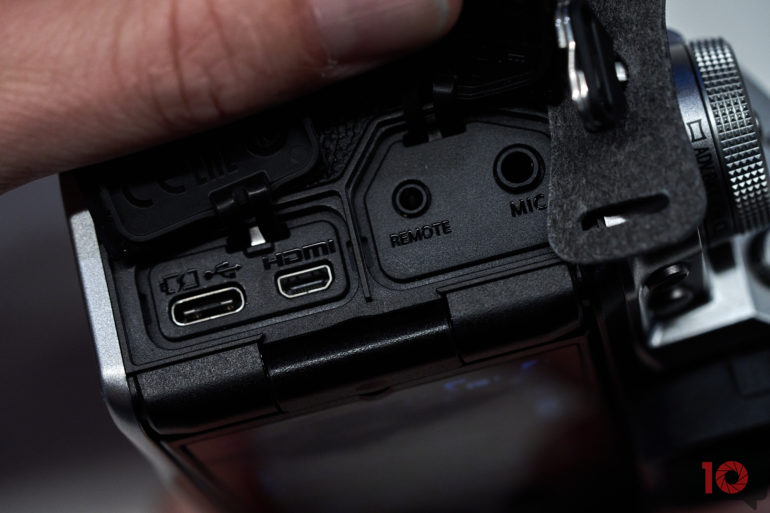
The X-T4’s various connectivity options can be found towards the left side of the fully articulating Touchscreen. These include a ⌀ 3.5 mm Stereo Mini Microphone Connector, a ⌀ 2.5 mm Remote Release Connector, a micro HDMI (Type D) Connector, and a USB Type-C (USB 3.2 Gen 1×1) digital interface that can also be used to charge the camera.
A pair of UHS-II SD card slots are located on the opposite side of the XT4.
The door to the memory card slots is now removable. We’re not entirely sure why you’d want the memory card slots exposed, but it’s an option with the XT4 if that’s what you’re into.
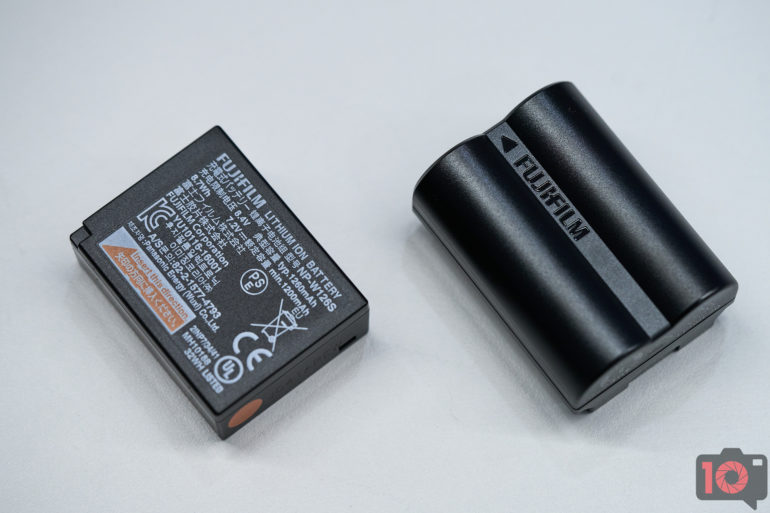
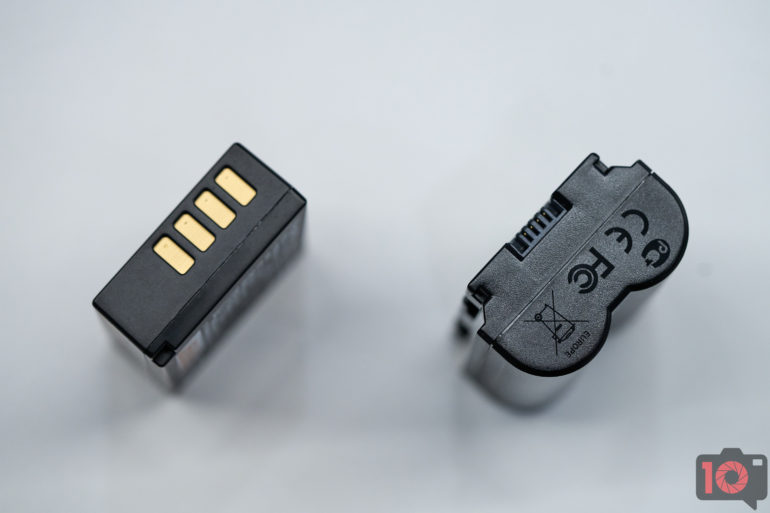
The Fujifilm X-T4 uses a newly designed, larger capacity battery. This is another welcome upgrade. Here’s a look at the XT3’s NP-W126S battery next to the XT4’s newly designed NP-W235 Li-ion battery. The NP-W235 battery has enough power to capture up to 500 images in normal mode and 600 in economy mode. (The older NP-W126S battery was rated for just 390 shots with the XT3.)
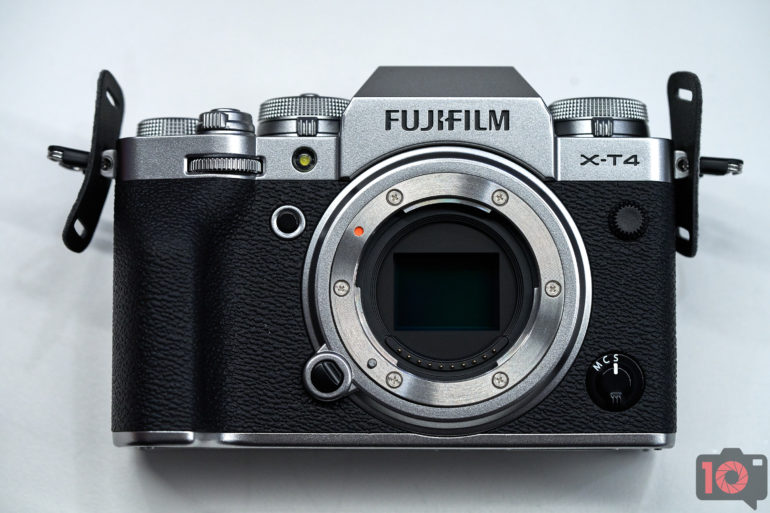
Here’s a look at the XT4’s lens mount. During the press briefing, Fujifilm reps stressed that they’ve improved the sturdiness of the mount as indicated by the six screws affixing the mount to the body. By comparison, the mount on the Nikon Z6/Z7 only has four screws, while the mount on the Canon EOS R/EOS Ra/EOS RP sports five. For what it’s worth, the XT3’s lens mount also featured six screws, and Sony’s been using six screws in their lens mounts since the introduction of their 3rd generation of A7 bodies (Sony A7 III/A7R III/A7R IV) as well as the A9/A9 II.
When I first switched to the XT4, I was worried about that grip being much smaller than I was accustomed to on my D850. However, at the end of a long 12 hour wedding day, my wrists are much less sore than they were with a heavier DSLR. The XH2 and H2s has that larger grip if that’s what you prefer. But, after a year with the XT4, I’ve come to prefer those labeled top dials over the ergonomics of the X-H2. I like that I can adjust all my exposure settings and even AF-C to AF-S while the camera is off. And, since I shoot with two bodies so I can quickly swap between two different prime lenses, those labeled dials makes it easy to match exposure settings between the two.
Build Quality
Fujifilm’s created yet another compact and well-built workhorse with the XT4. Like most of the higher-end offerings from Fujifilm’s X-mount camera lineup, the X-T4 is weather sealed. We wouldn’t go dunking the camera into the ocean, but you can keep shooting confidently even if you happen to get caught in a rainstorm. Just make sure you’ve got a weather-sealed lens mounted onto the XT4.
I’ve shot a few weddings and portraits in the rain with the XT4 without issues. I don’t often have issues with dust on the sensor either. I did, however, have one of the shutters replaced under warranty after it started getting stuck. The repair process was pretty quick for what its worth.
“Just make sure you’ve got a weather-sealed lens mounted onto the XT4.”
Ease of Use
The Fujifilm X-T4 shares a lot of similarities with previous entries in the X-T line of cameras. Photographers with experience shooting earlier models will feel right at home when picking up the XT4. The addition of in-camera image stabilization, an articulating touchscreen, and a larger battery makes the X-T4 significantly more versatile than the outgoing models as well.
The XT4’s IBIS is one of the best we’ve seen in a Crop Sensor body: up to 6.5 stops if you’re pairing the XT4 with an image-stabilized lens. This helps to keep blurriness to a minimum even when shooting at low shutter speeds. As someone who drinks a ton of coffee, I normally wouldn’t shoot at a reciprocal shutter speed below my focal length. With the X-T4, I was able to shoot well below that, down to 1/5 of a second in some instances.
The new articulating touchscreen in the Fujifilm XT4 makes life much easier for photographers, hybrid shooters, and vloggeratis when composing shots from odd/extreme angles. Shooting landscapes from non-standard angles (high up on a tripod or mere inches off of the ground) with the XT4 was so much less of a challenge thanks to this screen when compared to the bi-directional flip-out touchscreen on older models. Unfortunately, the XT4’s touchscreen offers limited functionality. While you’re able to adjust your autofocus area, use the touch screen to trigger the shutter, or can make adjustments within the Quick Menu, the XT4’s main menu system is still a no-touch zone. This isn’t a unique problem to Fujifilm, but including a touchscreen into a camera and not making the menus touch-capable seems downright archaic in 2020. The latest firmware update has, thankfully, enabled touch zoom while reviewing the images in-camera.
The new NP-W235 battery helps keep the XT4 juiced up for longer than the older battery used in the X-T3 and earlier models. If you find yourself in need of even more battery life, the new vertical grip allows you to add two additional batteries into the mix. That’s a LOT of battery life. You can conceivably go on a weekend trip and not have to recharge your camera at all. Photographers that shoot in portrait orientation often or those that prefer a more robust handgrip will appreciate the vertical grip attachment as well. I have four camera batteries between two bodies, and I can just get through a 12-hour wedding with them — but I’m anticipating adding at least one more battery to my bag before a December wedding since cold drains batteries much faster.
Here’s what the XT4 looks like both with and sans vertical grip:
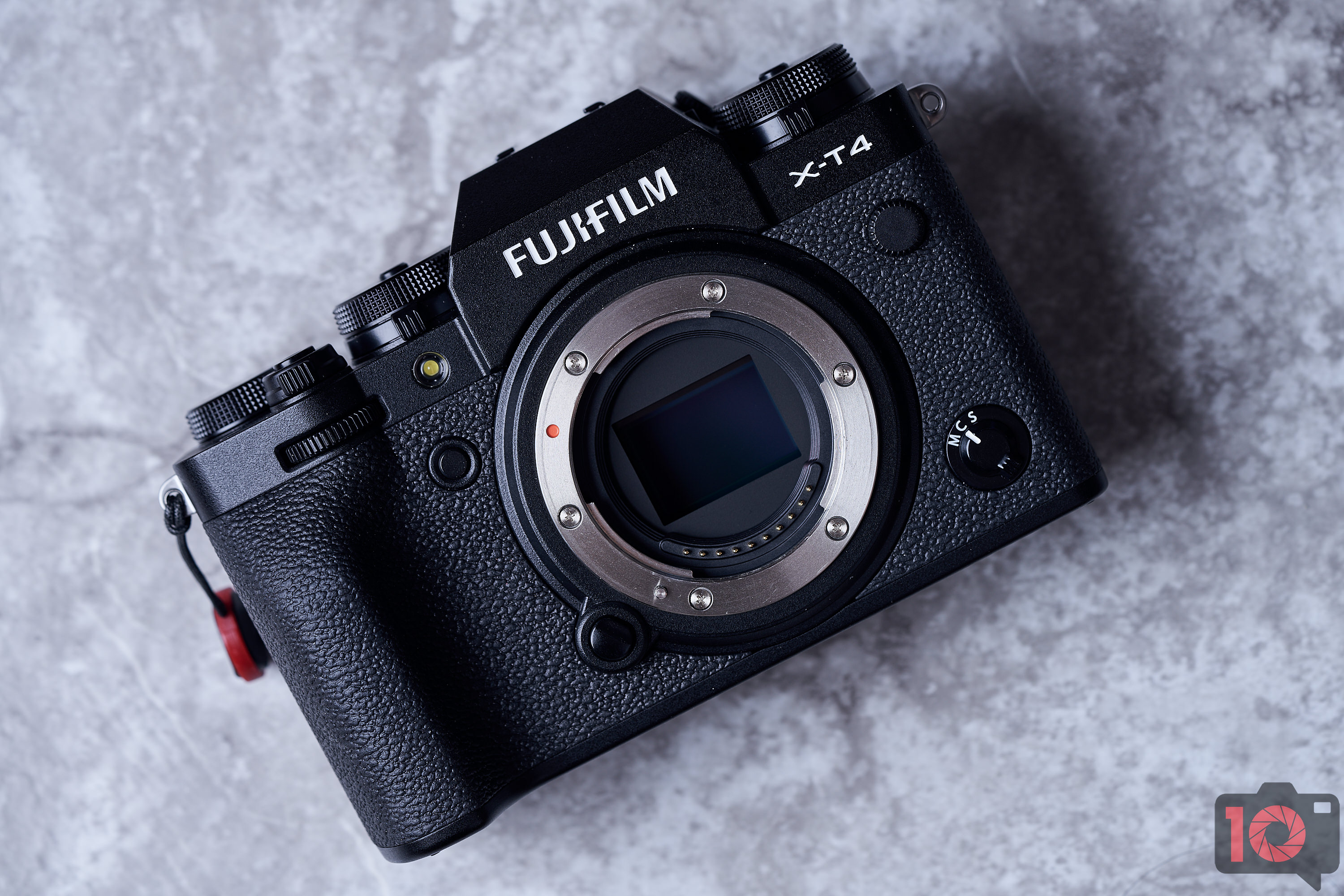
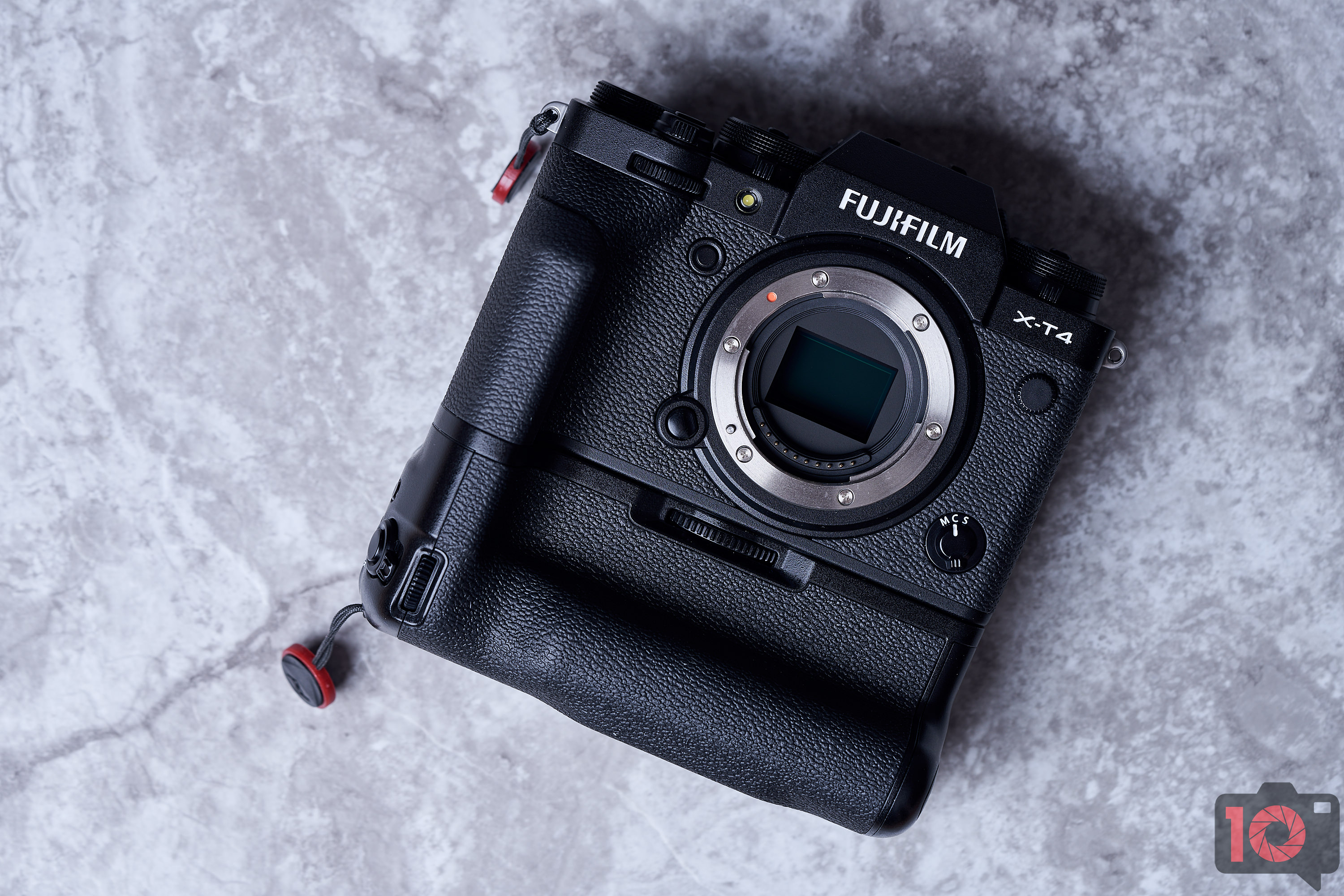

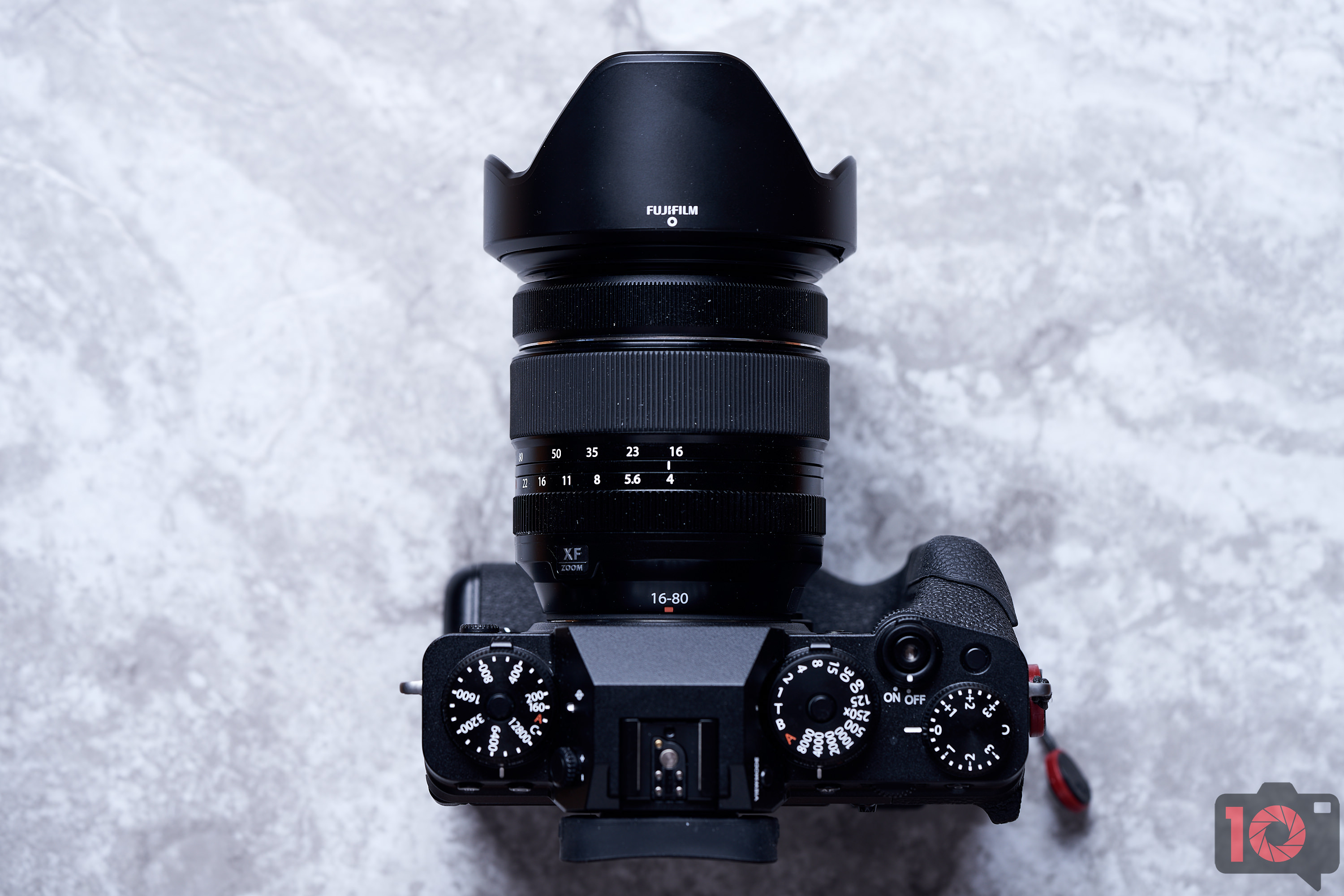
Autofocus
The Fujifilm XT4’s autofocus system felt noticeably faster than the XT3, which was already a solid performer, though the performance boost isn’t quite as significant when compared to the jump from the XT2 to the XT3. Throughout our time with the XT4, the autofocus system was quick and mostly consistent, even in low light scenarios. You can shoot up to 15fps when using the mechanical shutter, or up to 20 fps by switching to the electronic one. Sony’s still the king of the hill when it comes to AF, though. Next to the Sony A6600 (the X-T4’s most direct competitor), the X-T4 lags just a touch behind. Sports and wildlife shooters will surely want to familiarize themselves with the AF tracking and zone switching sensitivity, and dial them in accordingly.
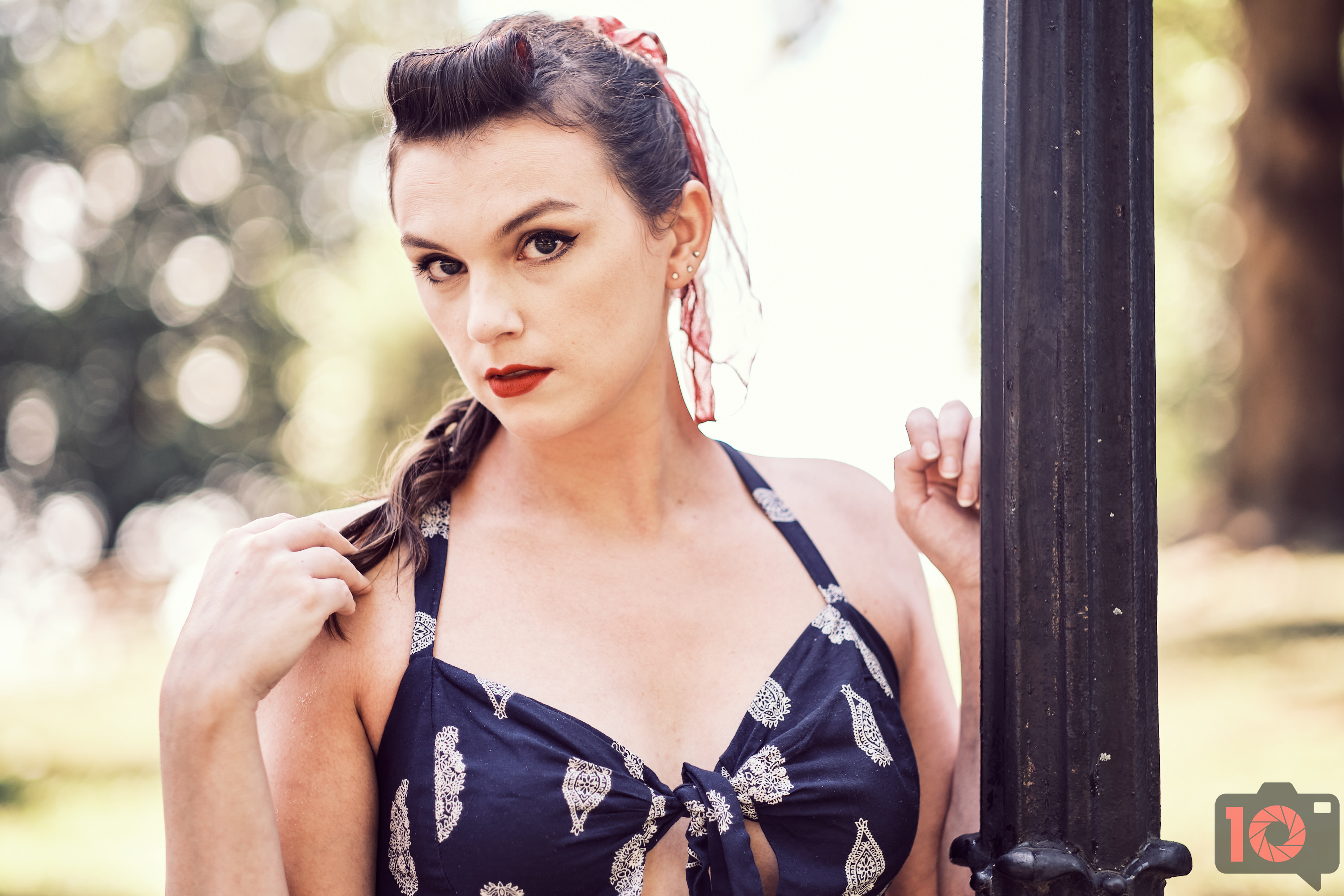
We also noticed some false positives when we let the XT4’s Face and Eye Detection Autofocus do the heavy lifting during a portrait shoot. The Fujifilm XT4’s Eye and Face AF worked flawlessly most of the time, keeping track of a portrait subject’s eyes even when they moved in and out of obstructions (see the bottom-most portrait in this section, where I had the model bob her head in and out of some flowers). Every so often, however, the Fujifilm X-T4’s Eye-AF would behave more like Eyelash-AF. This resulted in images where the subject’s eyelashes would be perfectly in focus while the eye itself fell out of focus (see the above image). This was particularly noticeable when shooting wide open with the Fujifilm XF 56mm f1.2 R. This shouldn’t be much of an issue for seasoned portrait shooters trained to look out for such occurrences, but it’s worth mentioning.
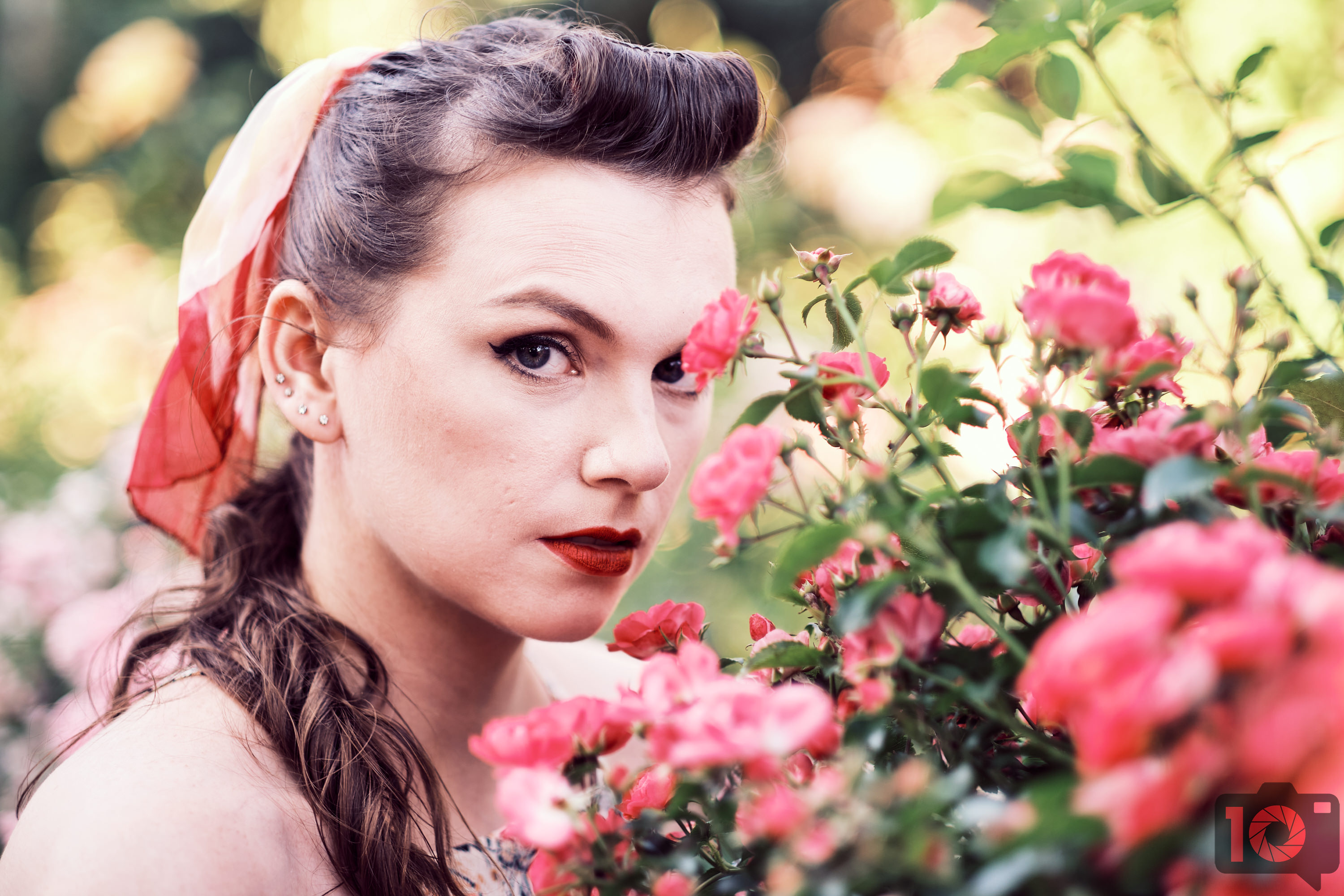
“Every so often, however, the Fujifilm XT4’s Eye-AF would behave more like Eyelash-AF.”
I find the XT4’s autofocus more than sufficient for portraits and events. The autofocus does well on a dark dance floor — though I did have to trade in the f4 kit lens for the 18mm f1.8 in this scenario. I’ll occasionally have some portraits where the eyes are just out of focus — I usually take a few shots of the same pose to make sure I’ll have a sharp one. Backlighting can occasionally be tricky for autofocus. I will often have to wait slightly longer for the AF to lock when I’m trying to create some flare in strong sun.
I find the XT4’s autofocus system plenty strong enough for weddings and portraits. However, I would have chosen differently if I was a wildlife photographer or sports photographer. I think Canon and Sony have stronger autofocus systems for those genres than the XT4. I would be very excited if Fujifilm decided to add animal eye AF via a firmware update. It’s worth noting that even the new XH2s animal eye AF isn’t as good as Canon’s system.
Image Quality
The ability to apply film simulations and process images in-camera have always been a defining feature for Fujifilm cameras, and that’s no different with the X-T4. The number one reason that I chose the XT4 over other cameras — even full frame — is the image quality. I no longer have to mess with annoying editing presets that look different from one scenario to the next. I just apply one of Fujifilm’s color profiles, make any necessary white balance and exposure corrections, zap the occasional zit, and I’m done. I use the Astia color profile because I really love the skin tones — I also find I don’t need to edit out skin redness nearly as much and I rarely get the green tint I used to with Nikon. I’ve saved a ton of time on editing with the X-T4.
Overall, the quality of the XT4’s straight-out-of-camera JPEGs is excellent. With the exception of some outliers with high ISO images, they are good to go for web and print use. However, photographers that want the most creative control will still want to shoot raw. Those color profiles can also be applied to the RAW files in many image editors, including Capture One and Lightroom.
Eterna Bleach Bypass
If you’re a photographer whose work leans toward the moodier side of things, you’re going to love the Eterna Bleach Bypass film simulation Fujifilm’s added to the X-T4. Here are some Eterna Bleach Bypass comparisons against other film simulations:




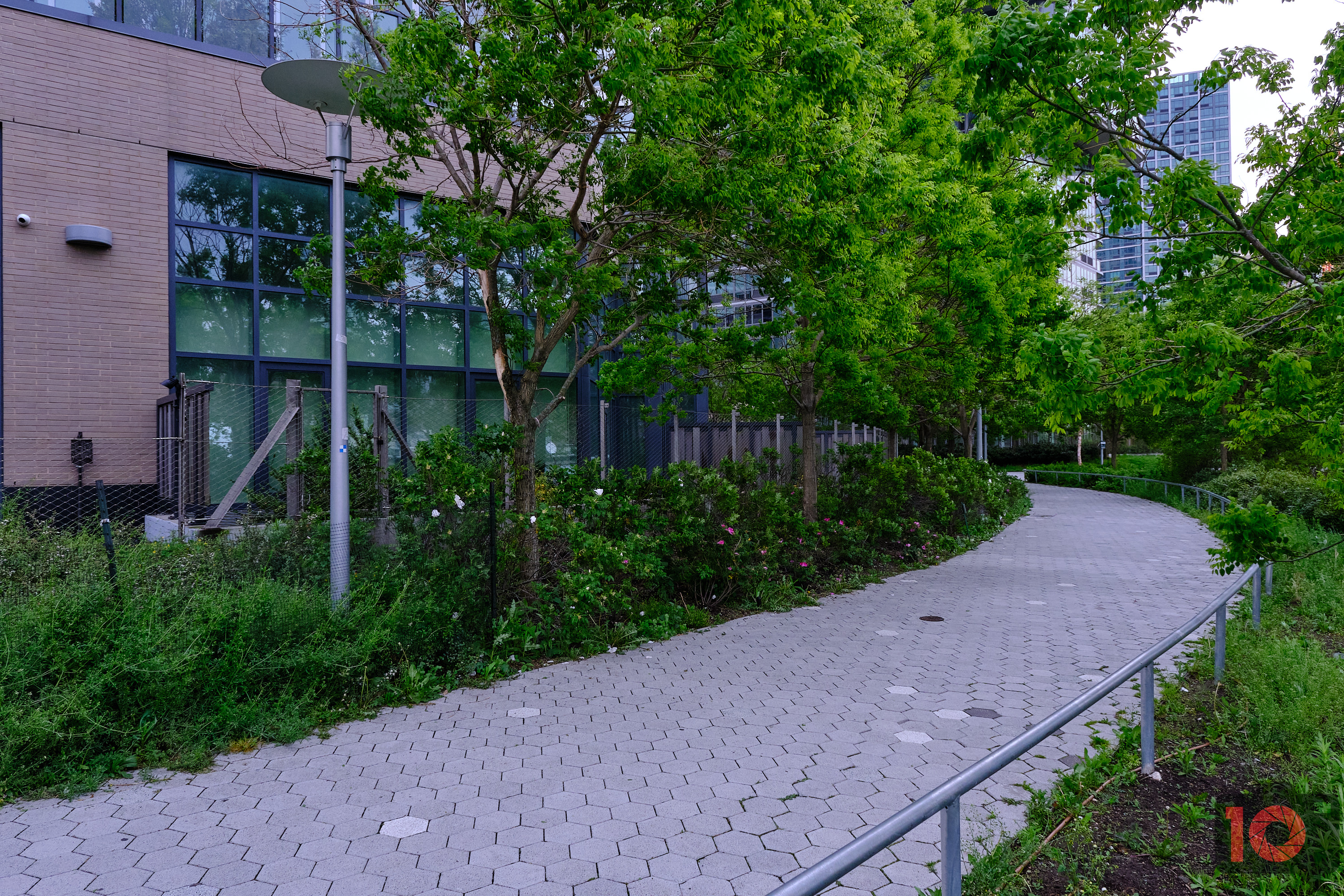
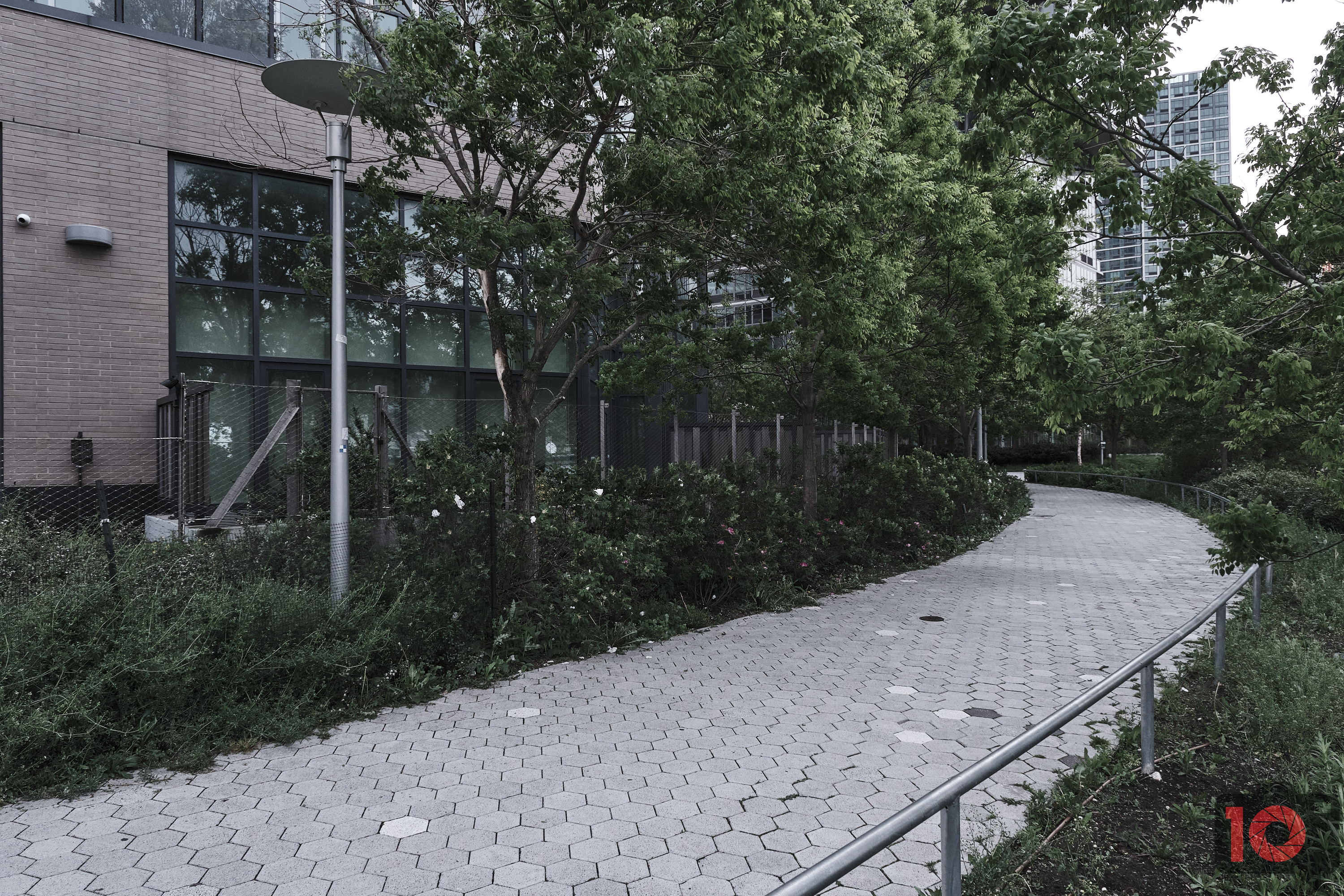
Raw File Versatility
For photographers that prefer to bring their images to life through post-processing, the X-T4’s raw files contain more than enough data to work with. As evident in the example below, the XT4’s raw files offer plenty of creative possibilities. We had more success when trying to bring out details from the shadows than from highlights, so consider underexposing by a stop if you plan on doing this type of editing.
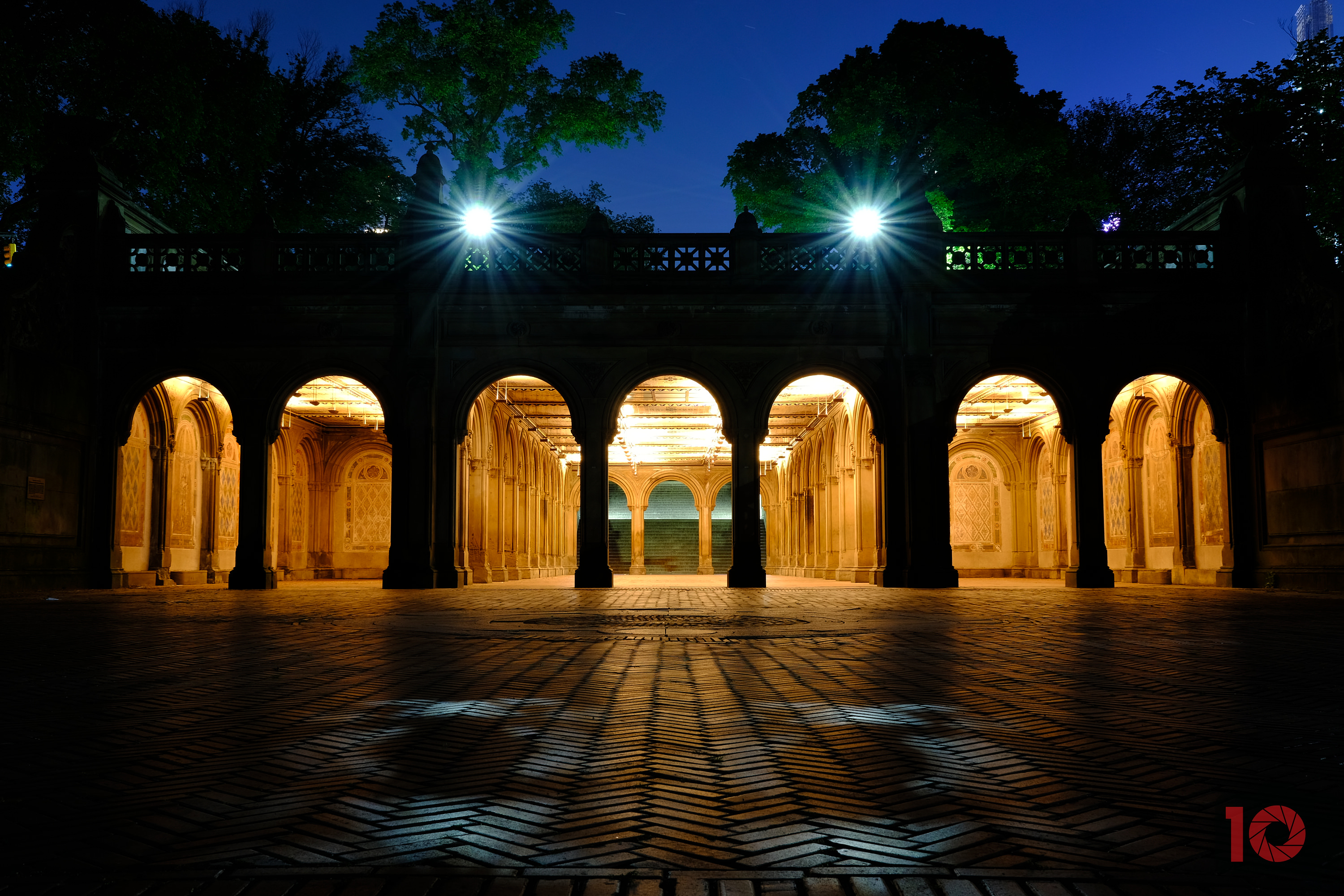
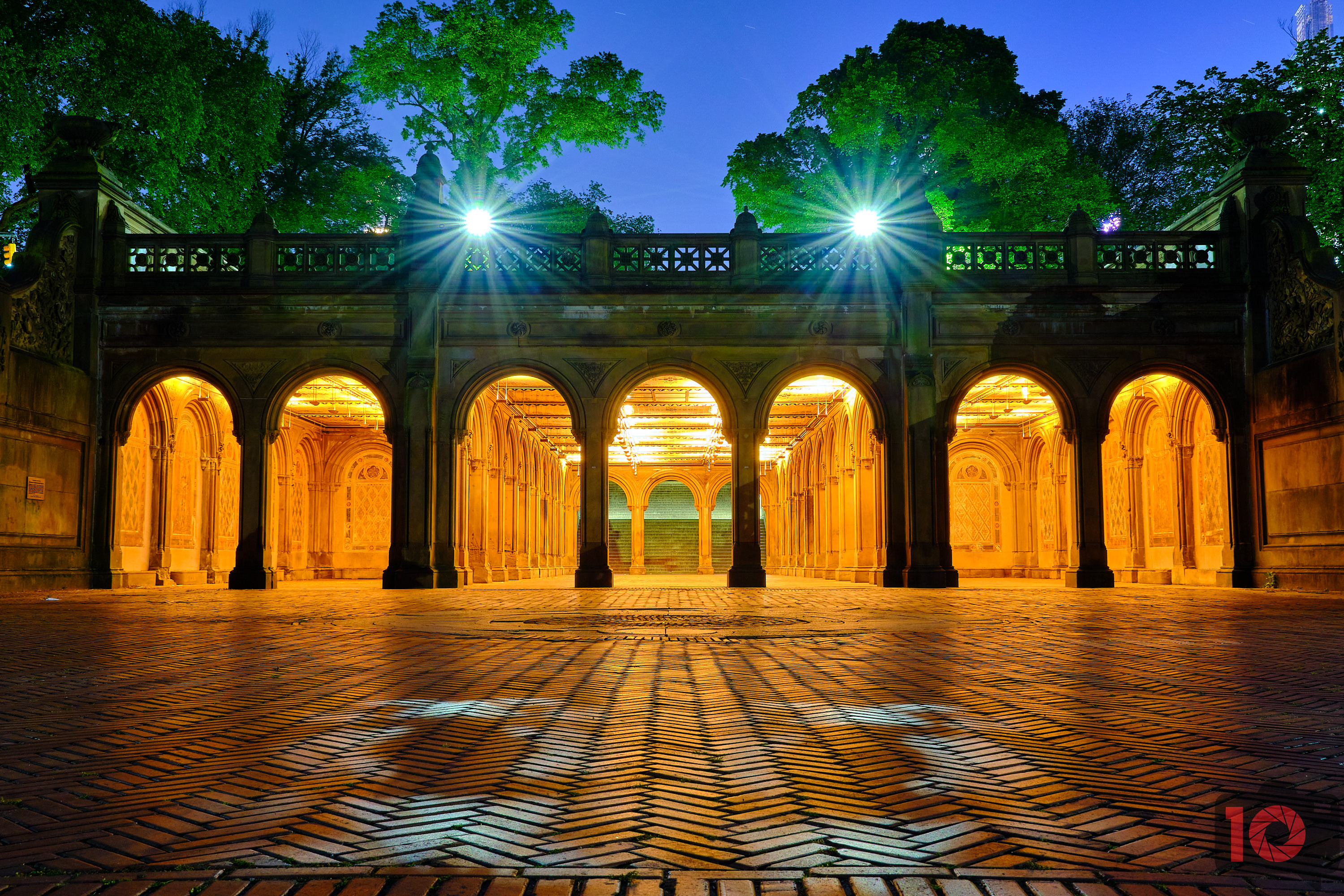
High ISO Output
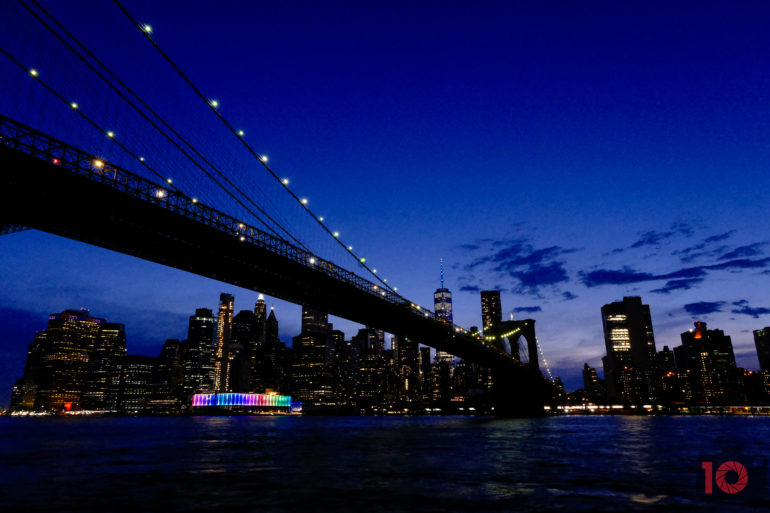
High ISO images shot using the Fujifilm XT4 can be a bit of a mixed bag. Most high ISO images produced by the XT4 are perfectly suitable for both web or print use, but we did notice instances where some images would appear muddy and riddled with color artifacts (such as the sample image above). Here are some additional samples shot with the X-T4 at ISO 6400. I keep the XT4 at or under ISO 6400. If a dance floor is dark enough that I need more than that, I bounce my flash instead of pushing the ISO beyond that.
The print tests is where things went a bit odd. Our tests are done on the Canon Prograf1000 with Canon Pro Luster paper. But right now, we’re using Canson Infinity Baryta Photographique II. Either way, there’s some detail loss with the Fujifilm XT4. Indeed, we found the X100v to do a slightly better job. And so too did the X Pro 3.

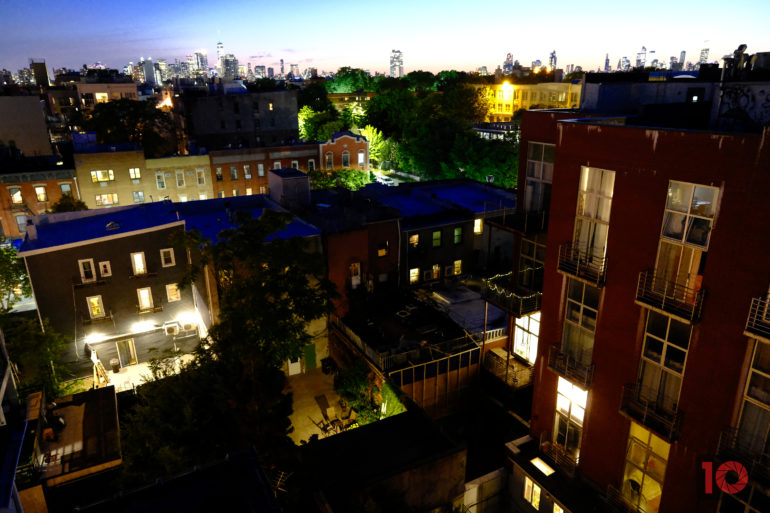
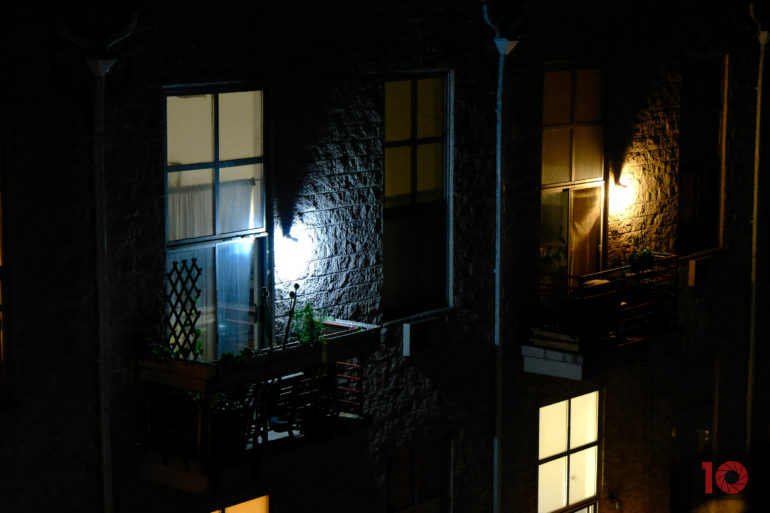
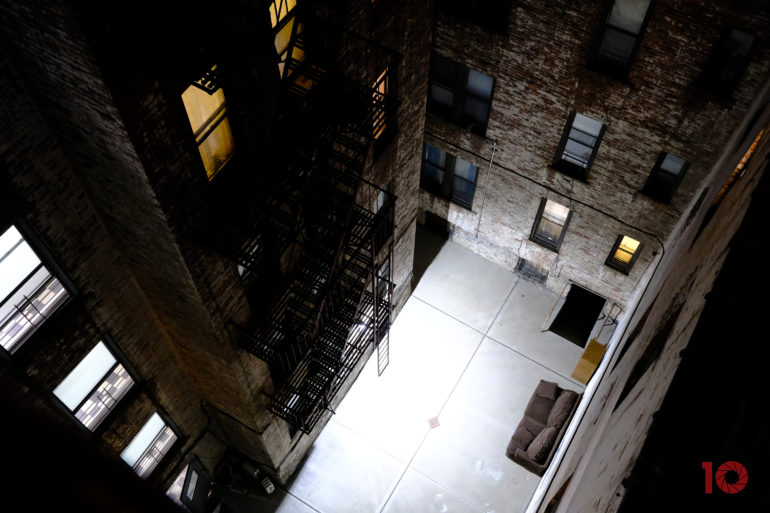
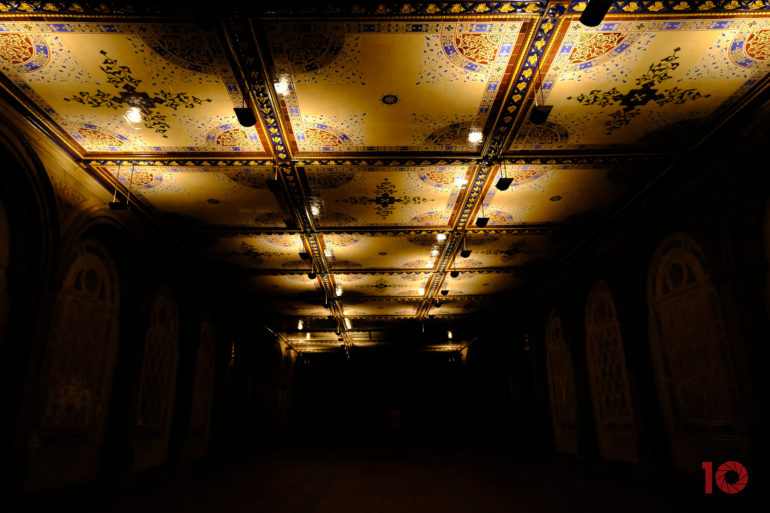
Additional Image Samples
Here are some additional sample images that we shot using the Fujifilm XT4 lens paired with the Fujifilm XF 8-16mm f2.8 R LM WR, the Fujifilm XF 14mm f2.8 R, the Fujifilm XF 16-80mm f4 R OIS WR, and the
Fujifilm XF 56mm f1.2 R lenses. Unless otherwise stated, the Velvia Film Simulation was used for all of the color images below while the monochrome images were shot using the Acros Film Simulation. These images were processed using Capture One Pro 20, ranging from color grading, cropping, levels adjustment, and/or perspective correction. As a matter of ethics, none of the sample images seen within this review have been retouched so that you can judge the quality of the images produced using this lens for yourself.
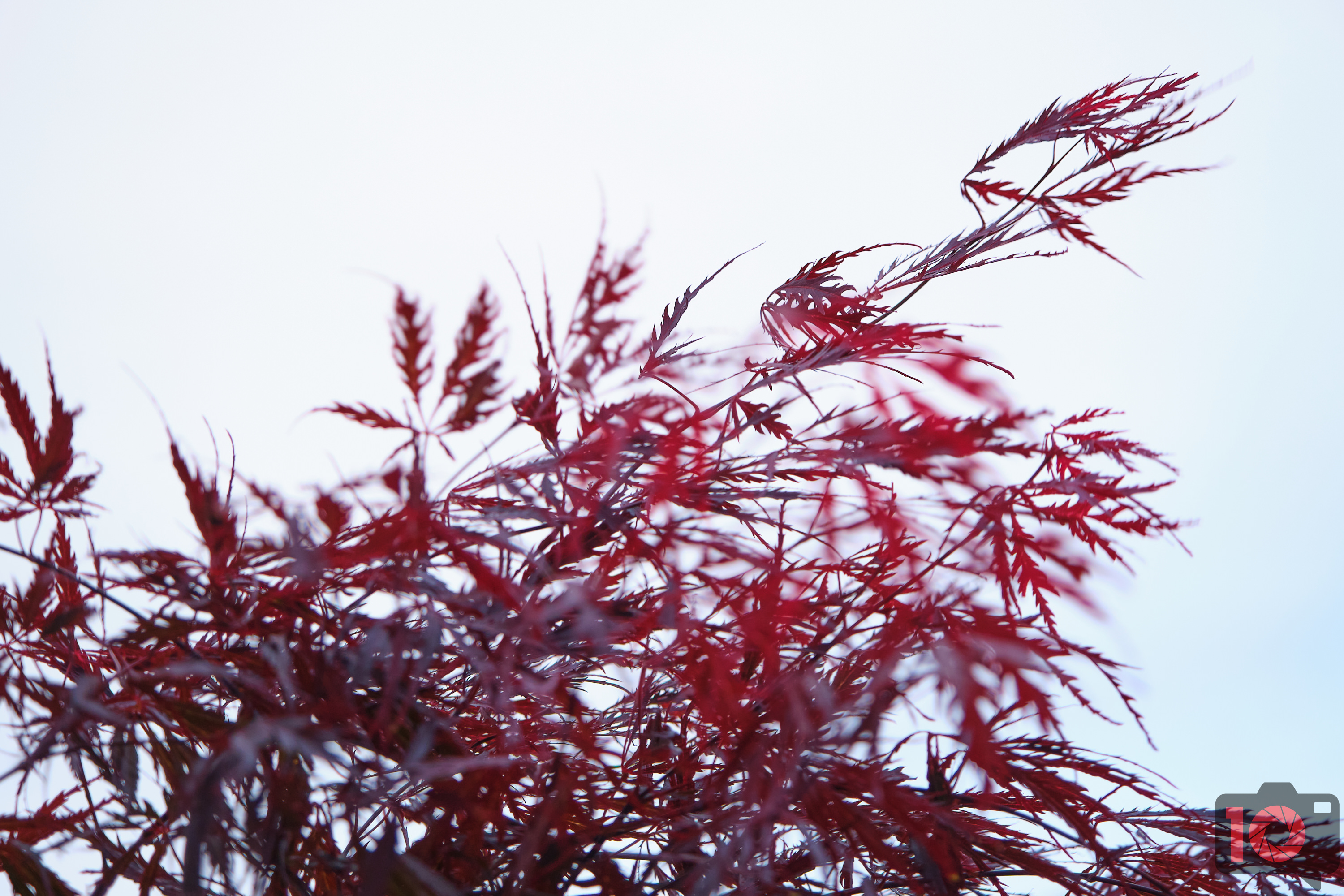
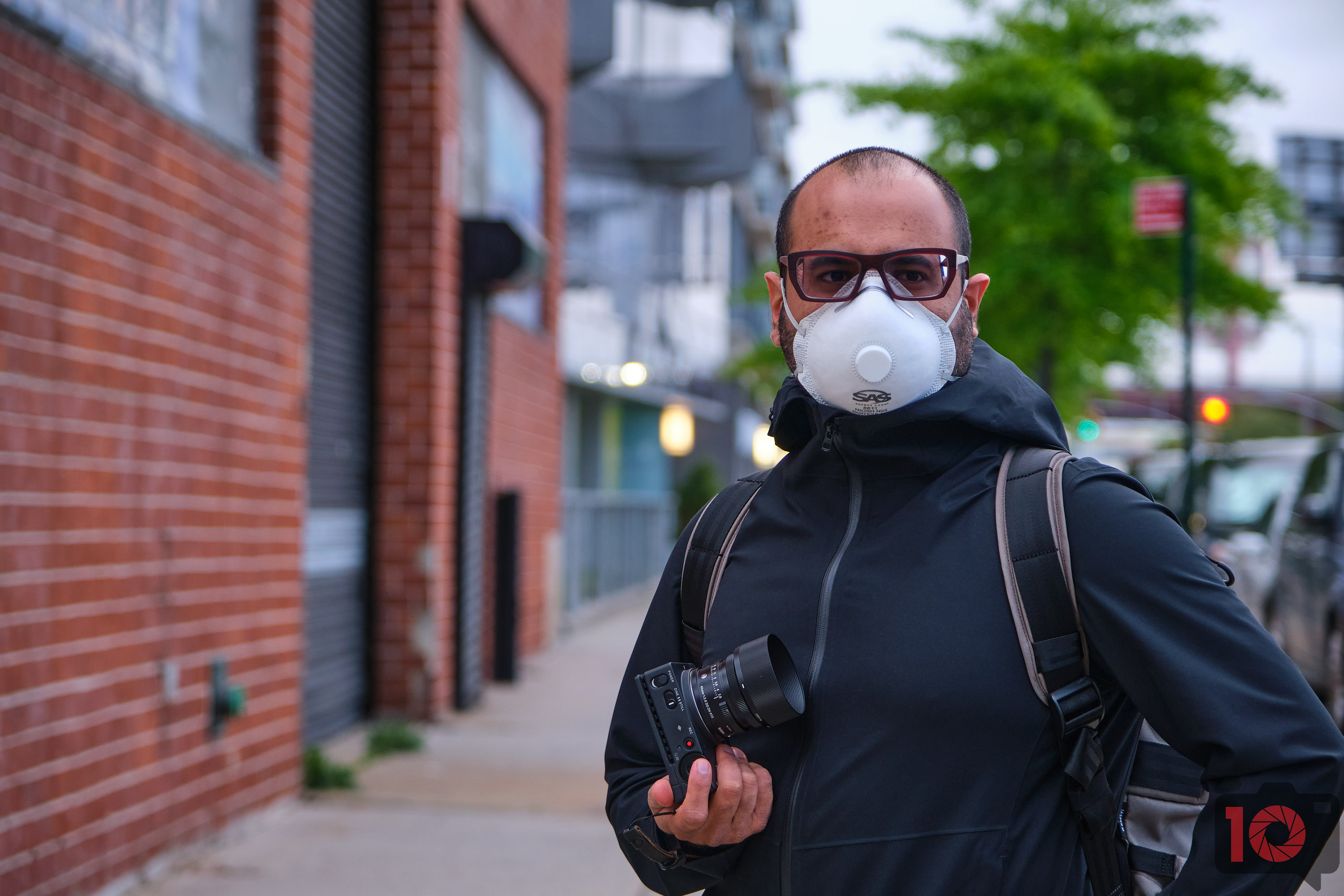
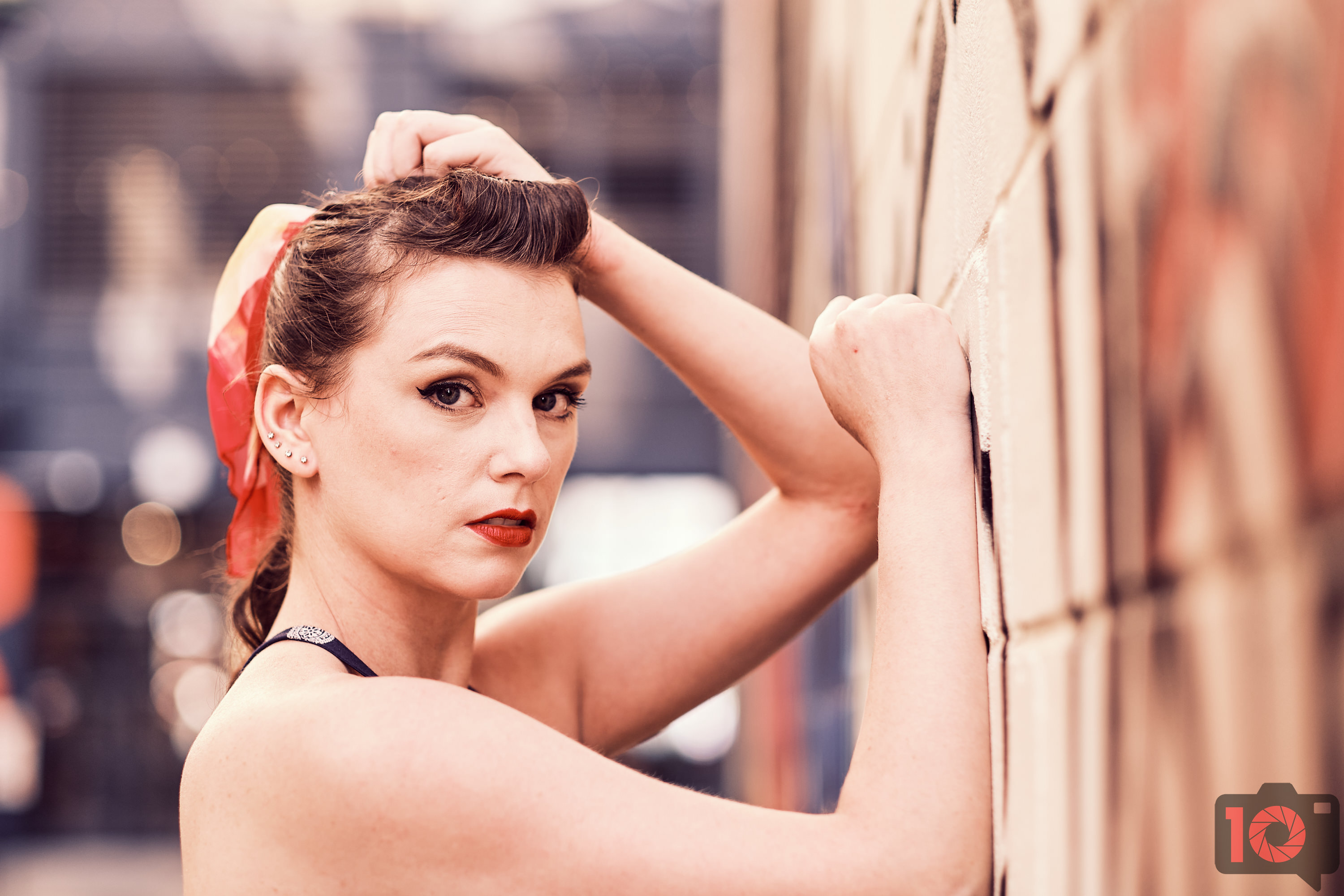
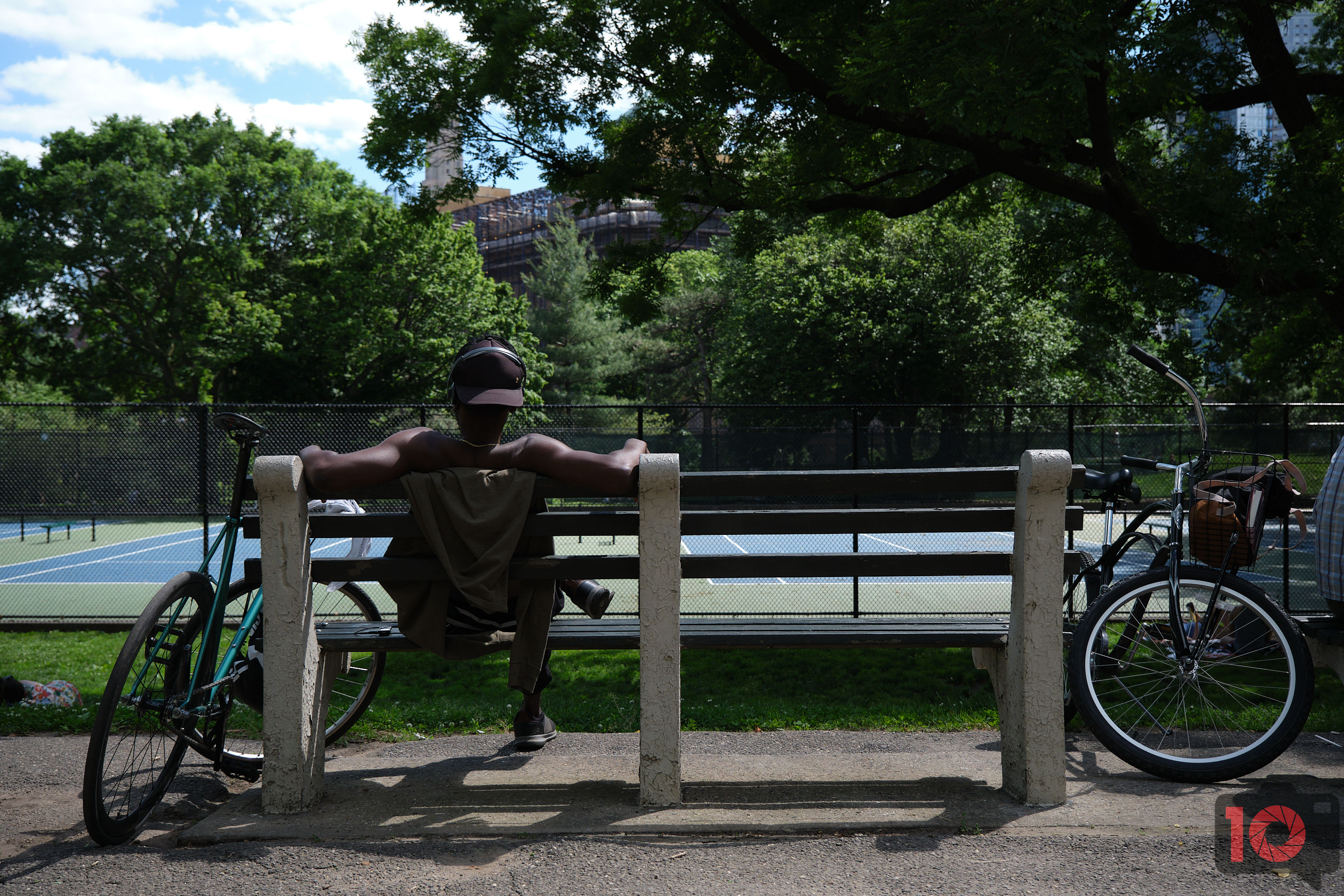
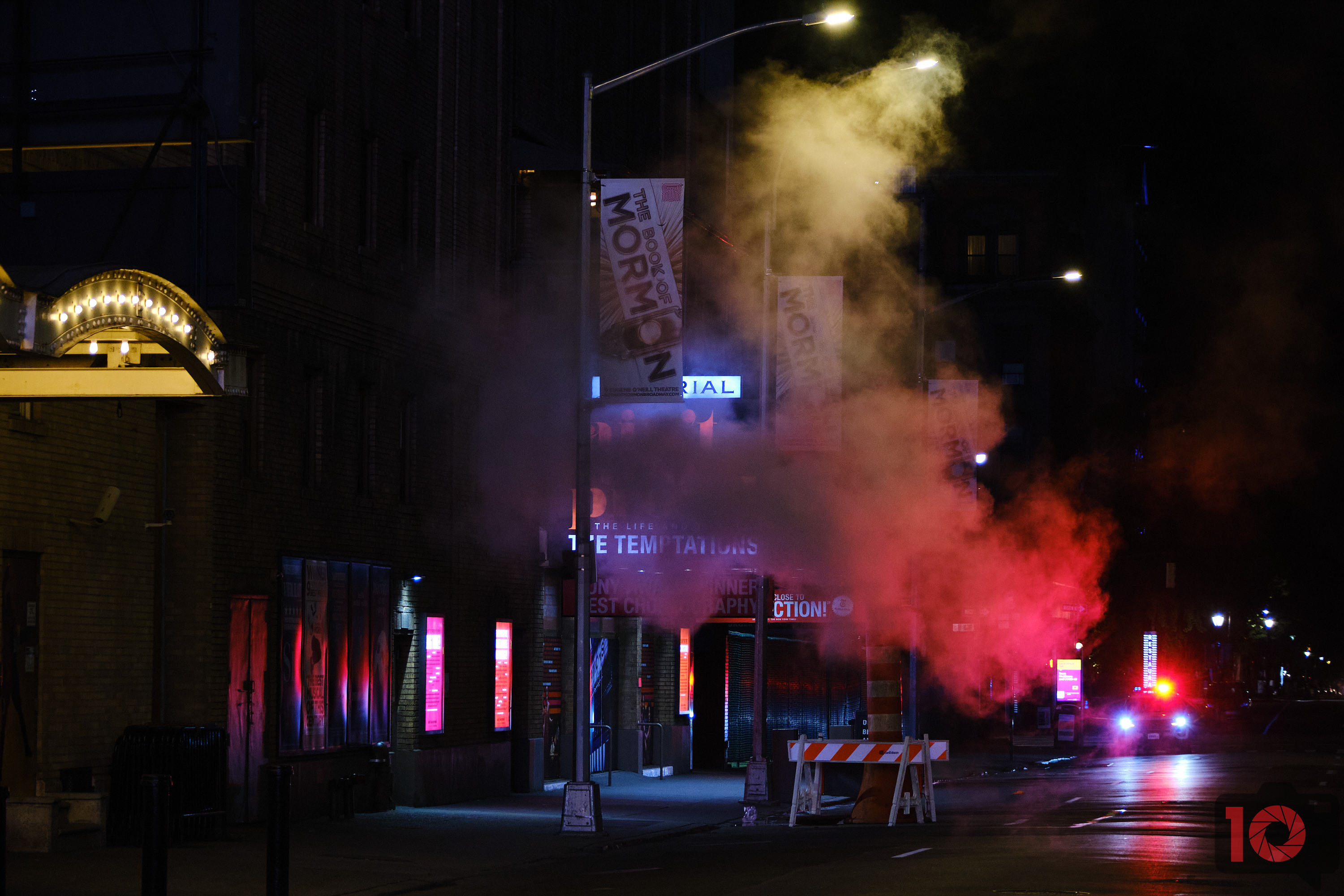
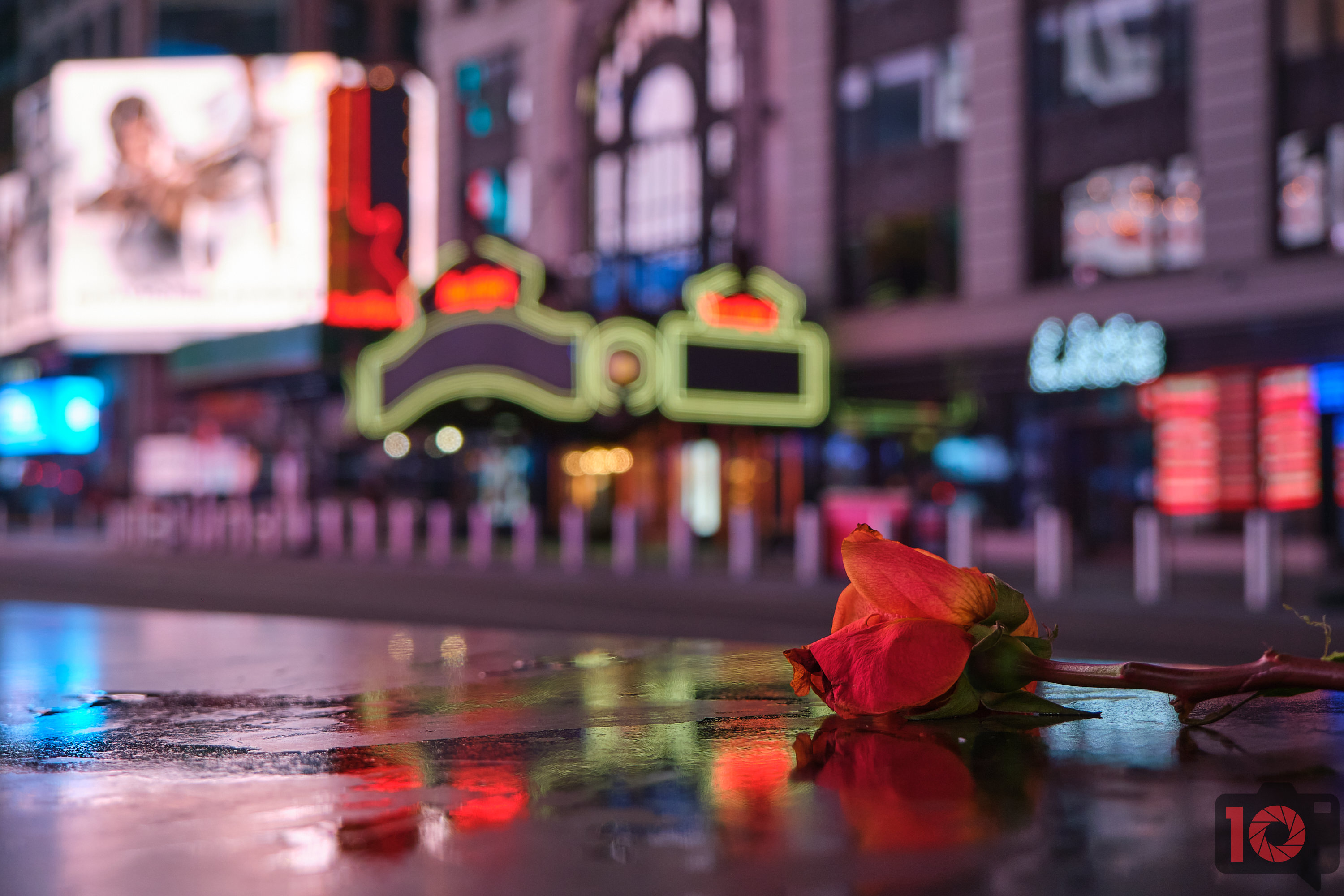
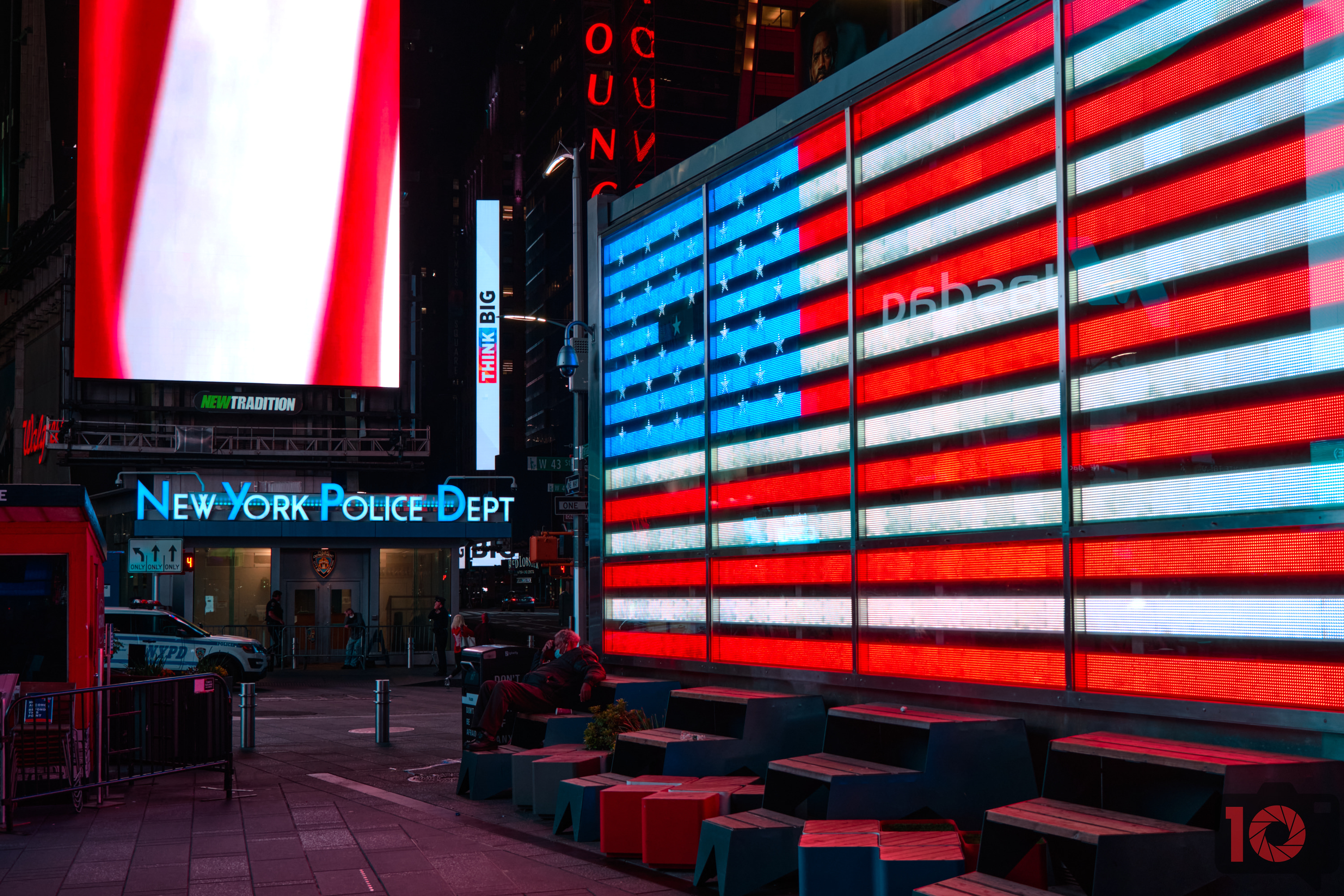
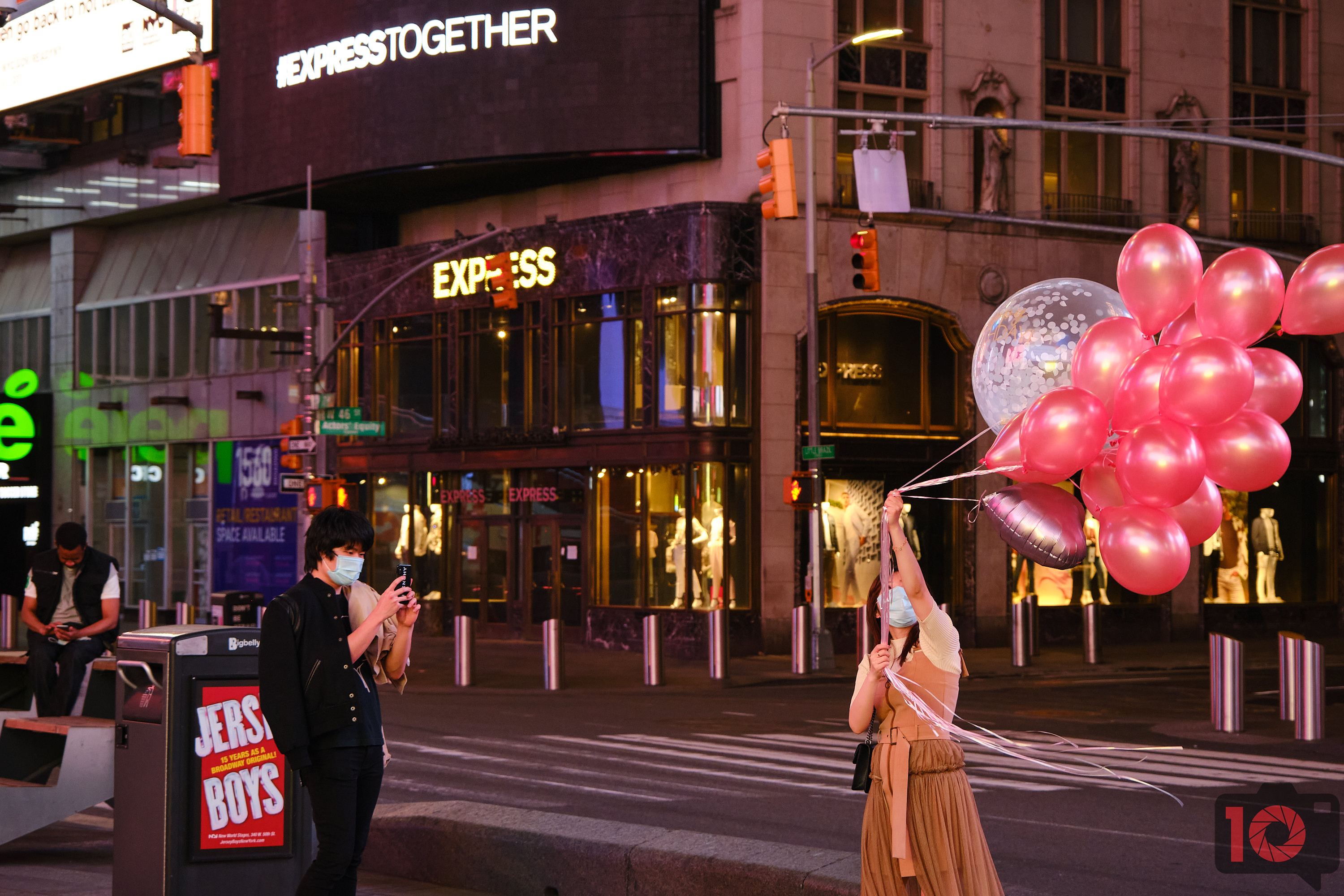
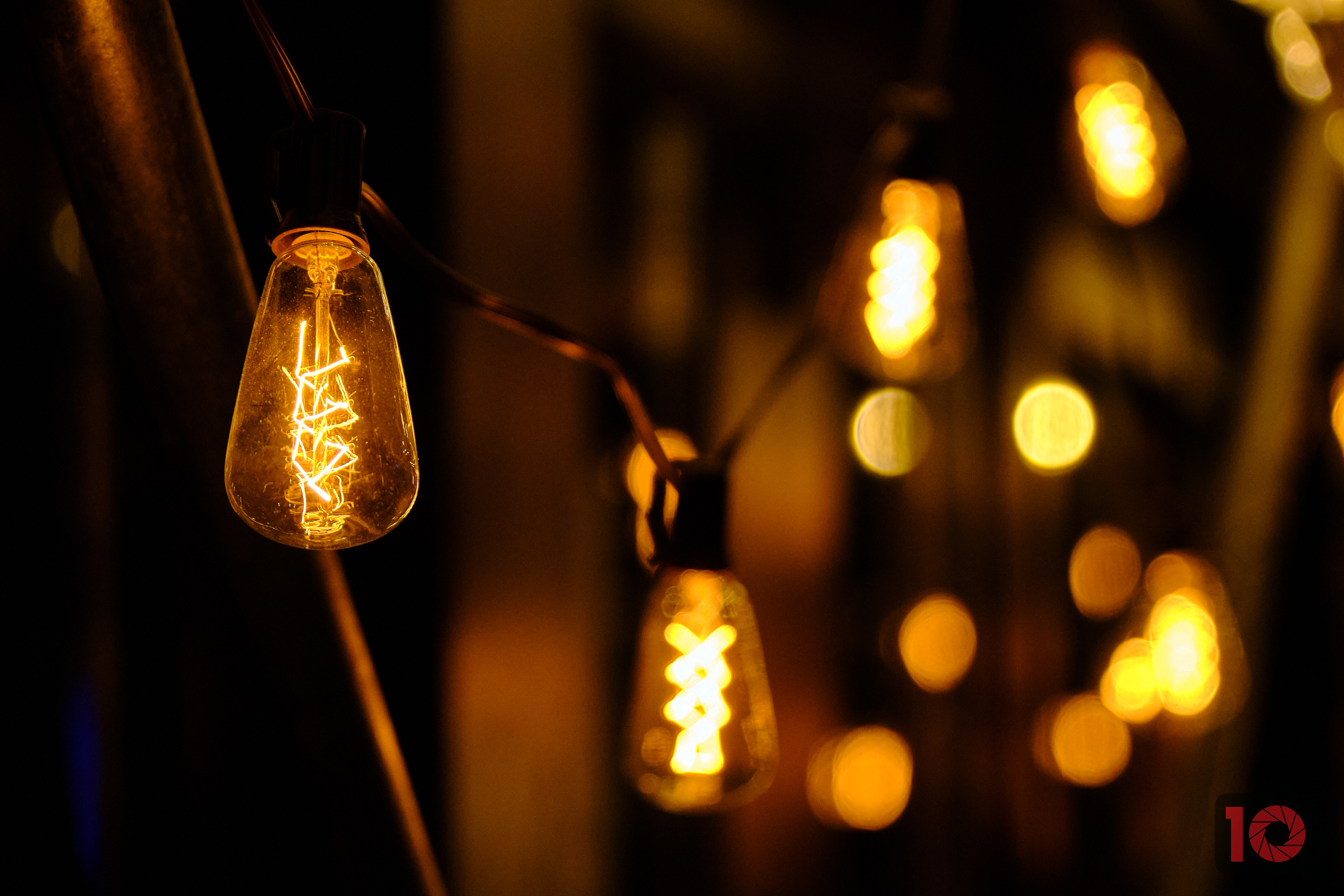
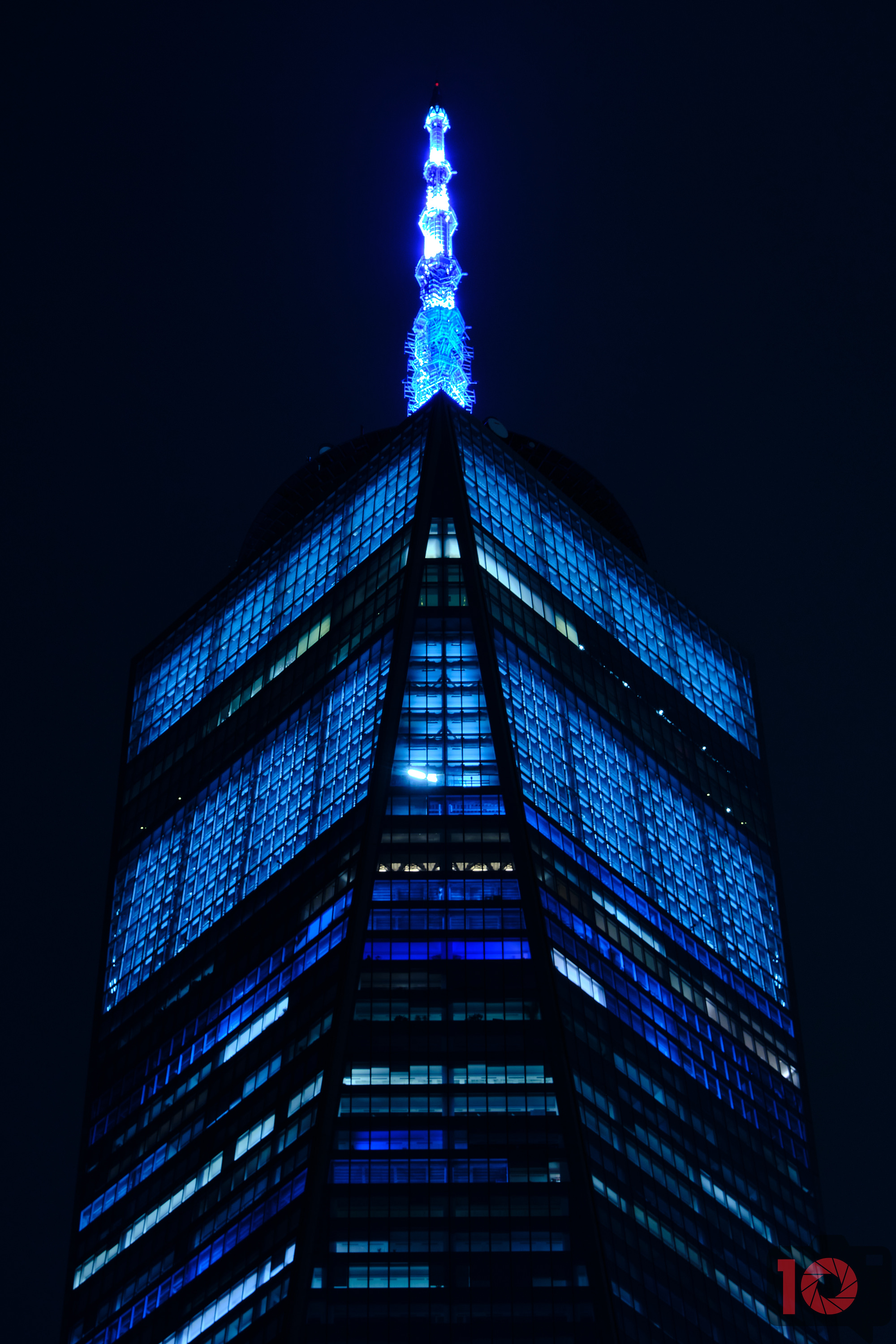
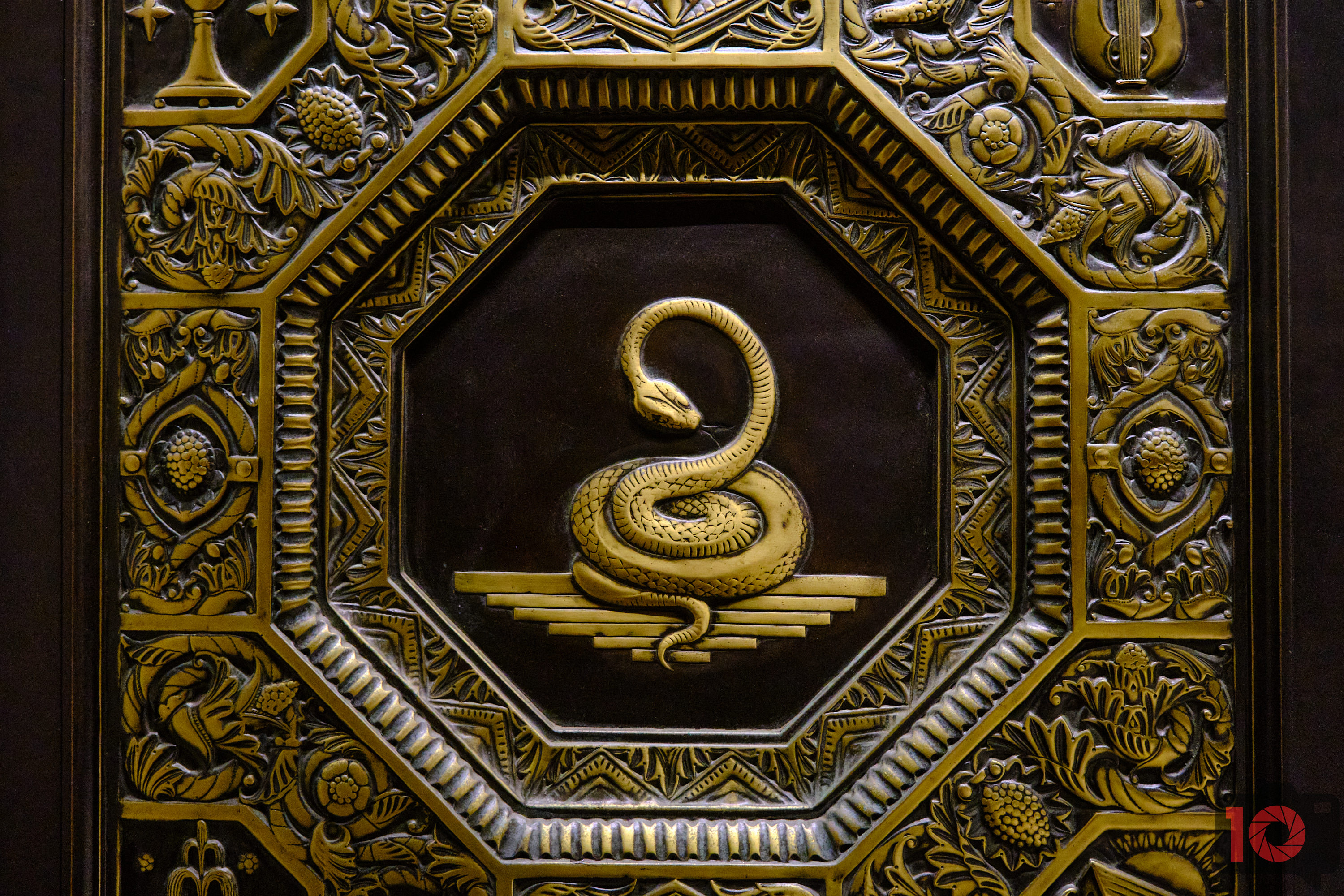
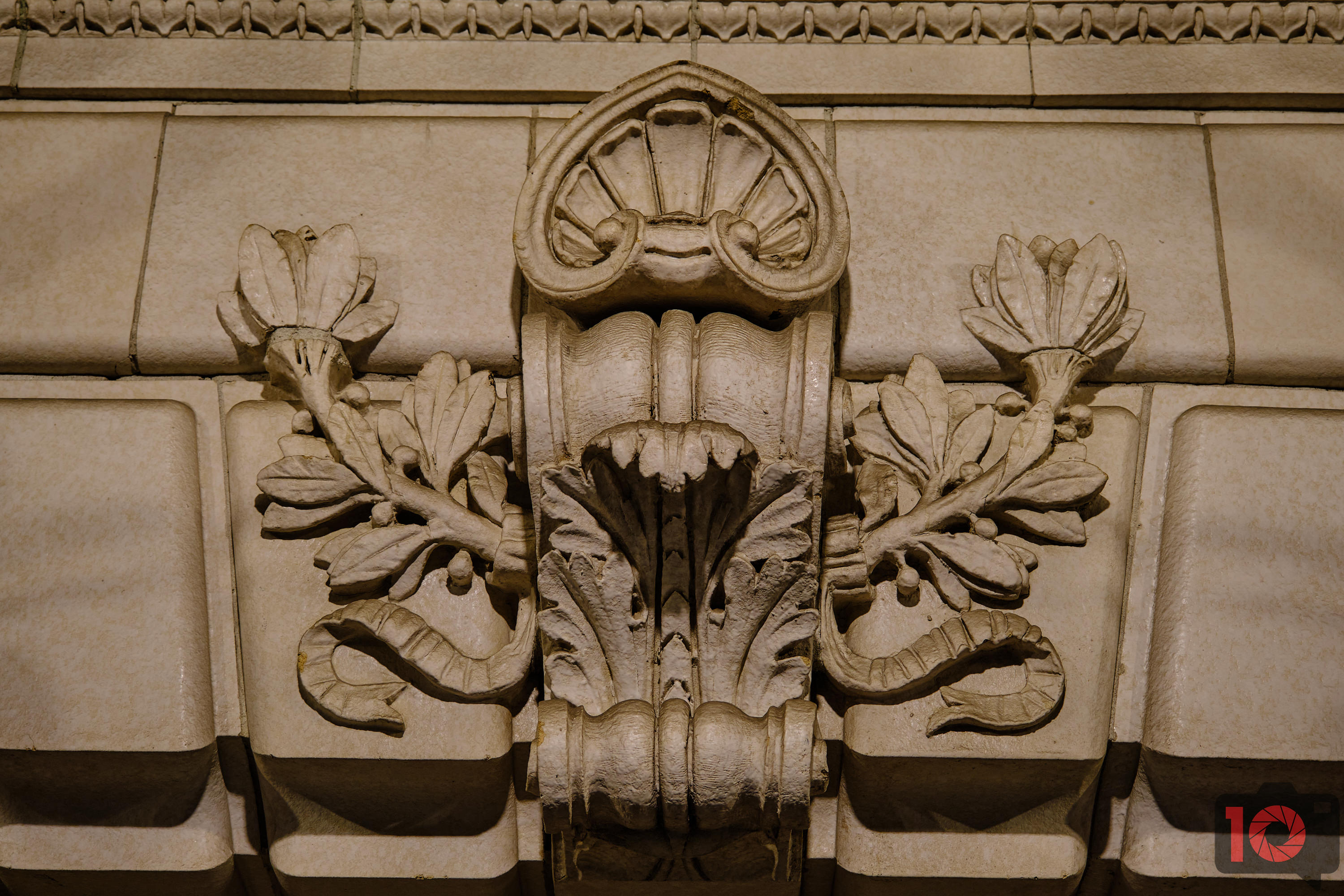
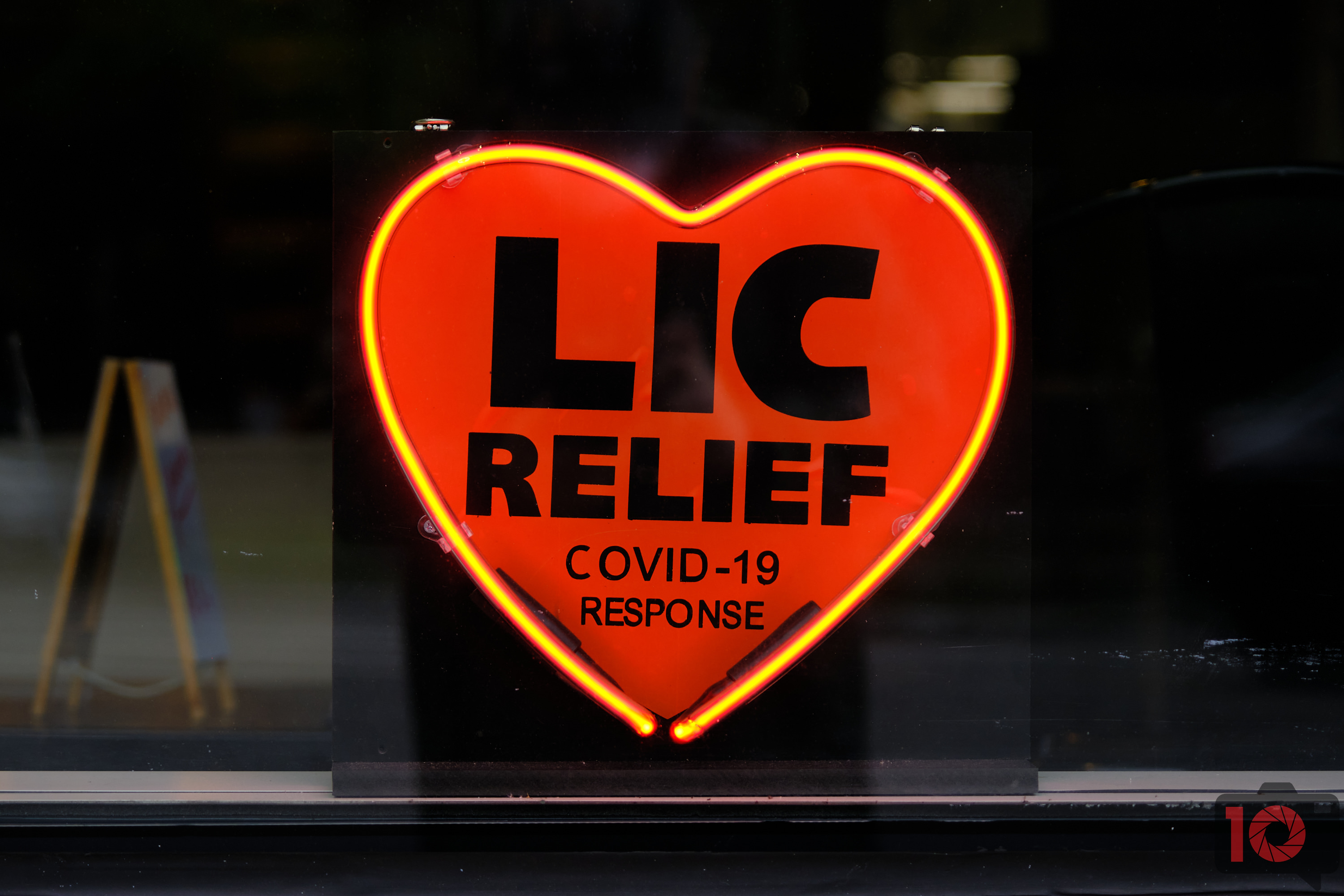




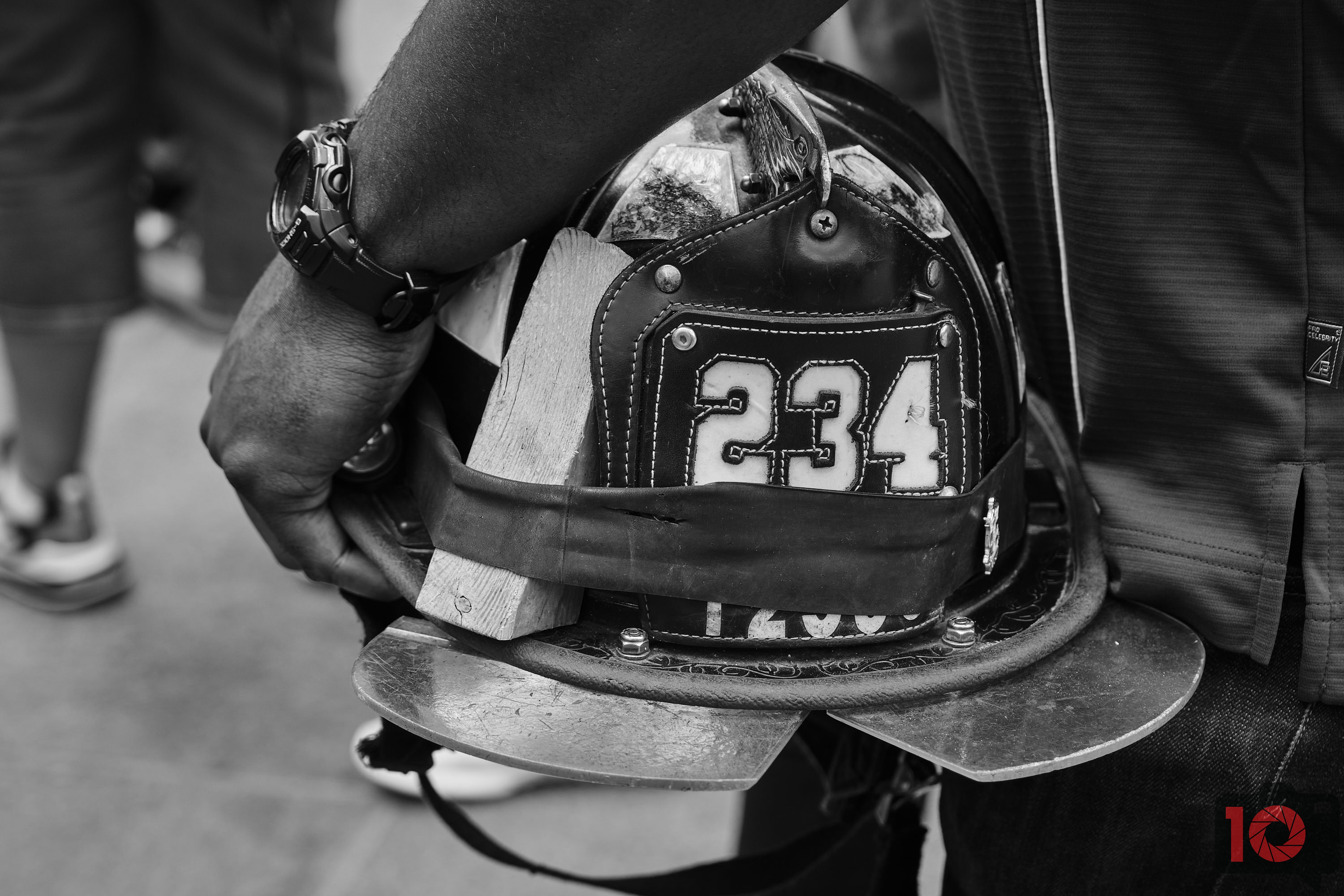




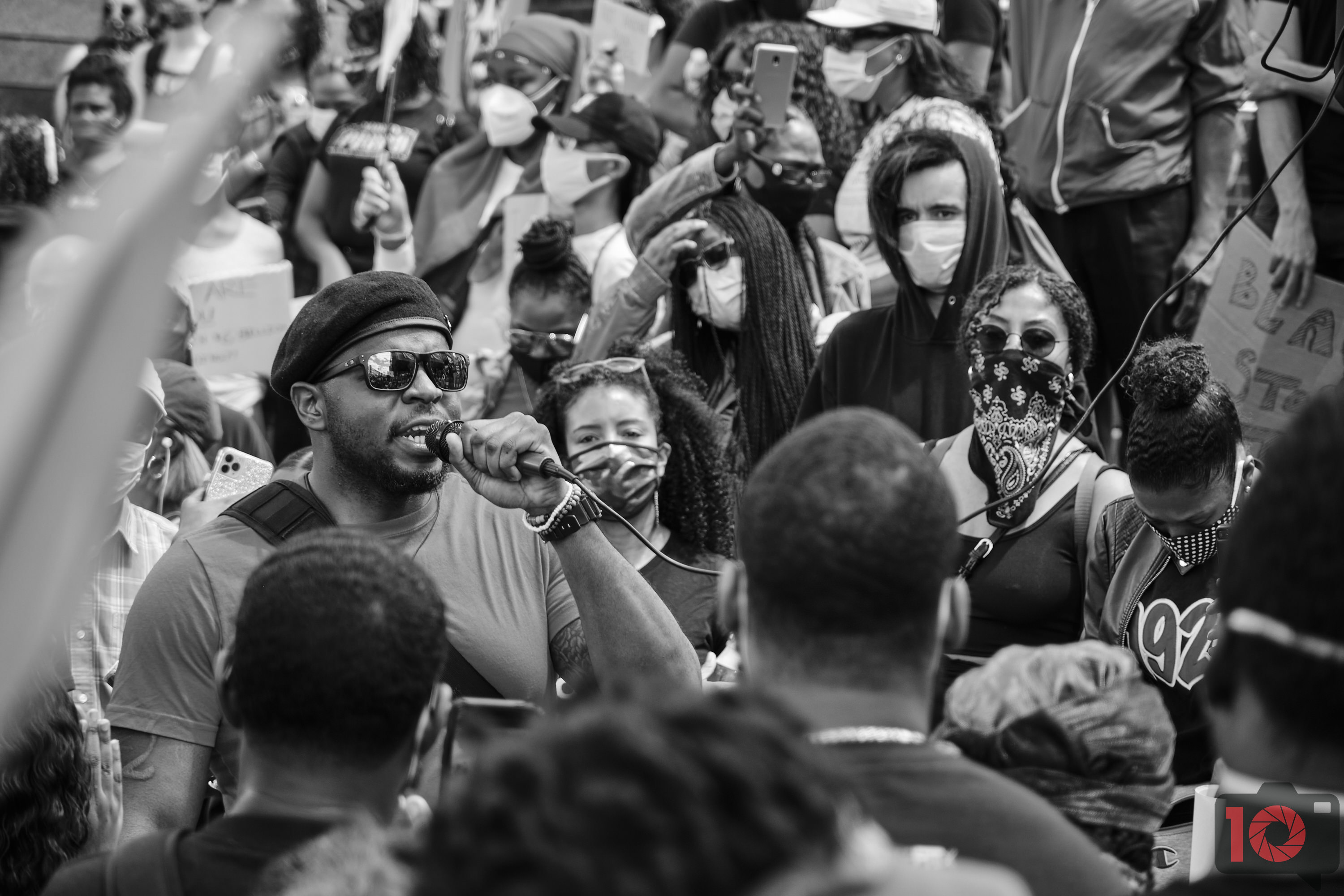
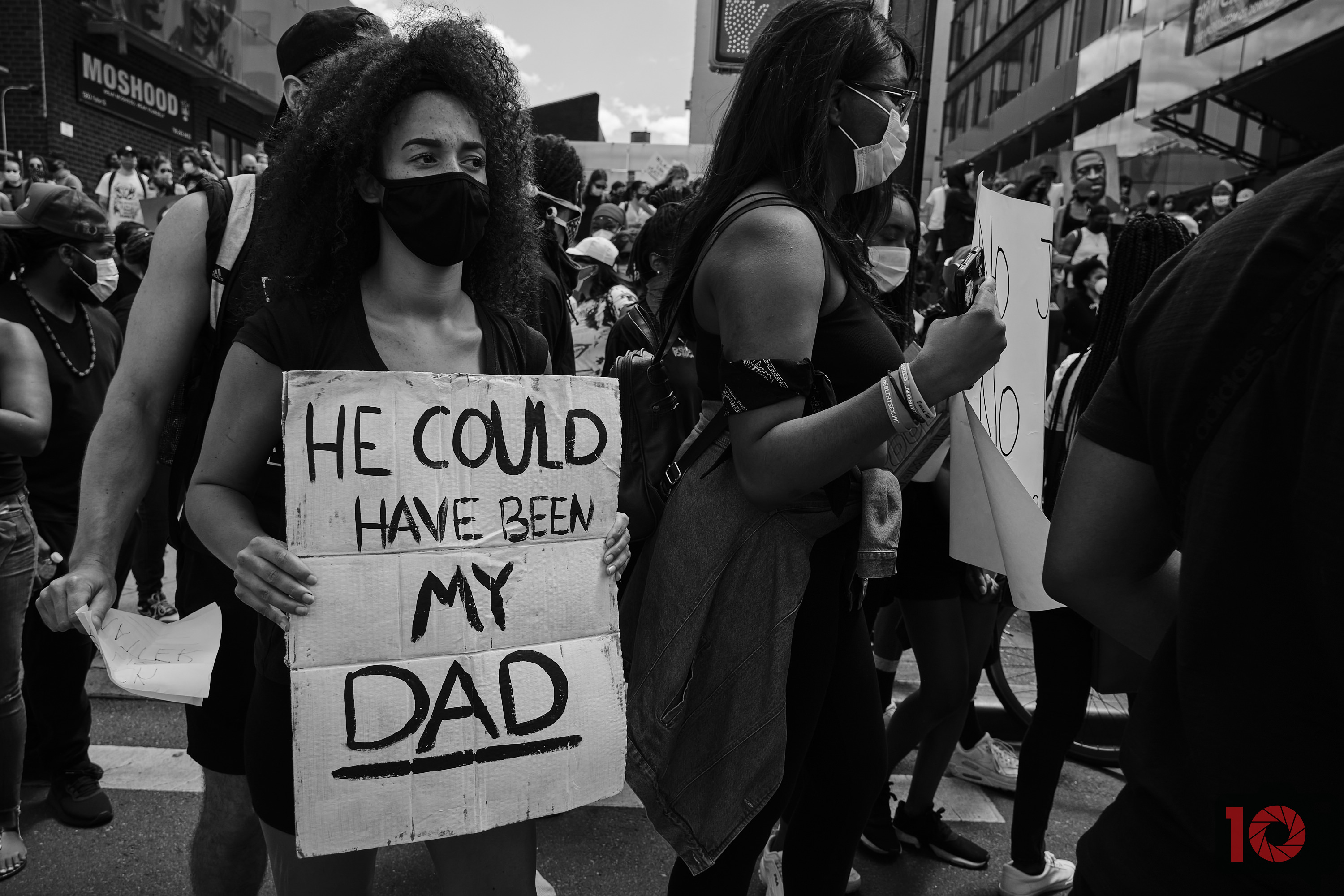





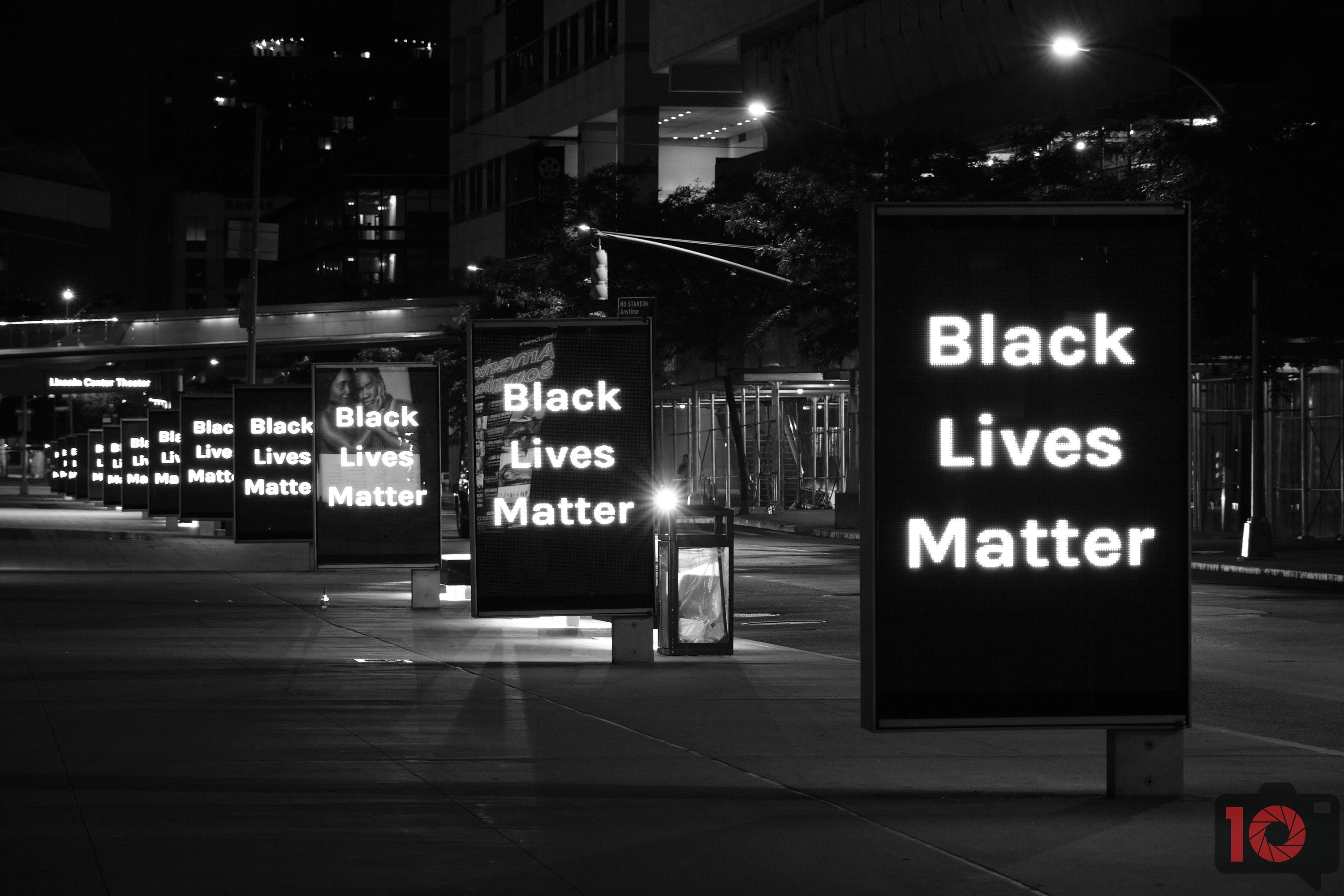
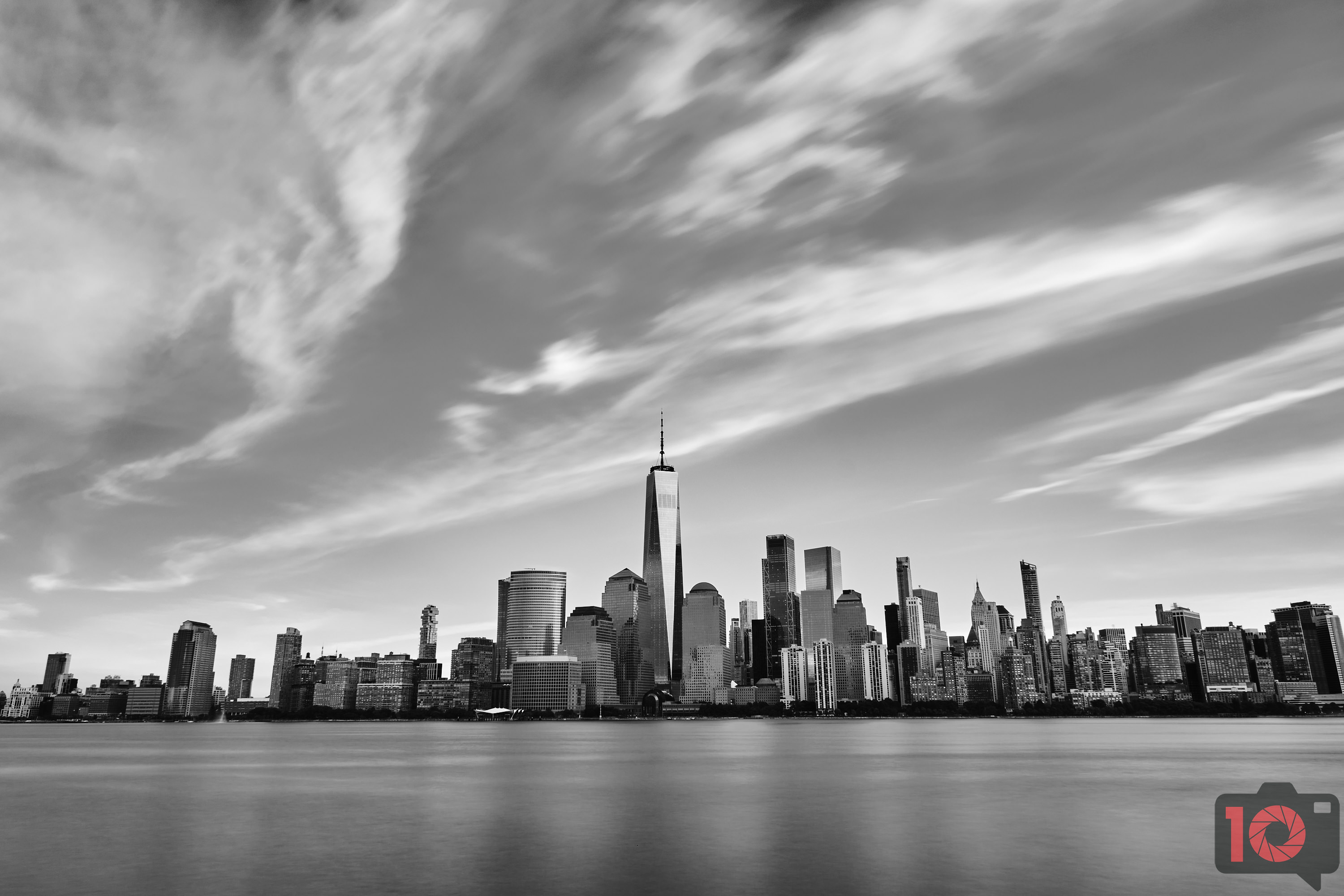
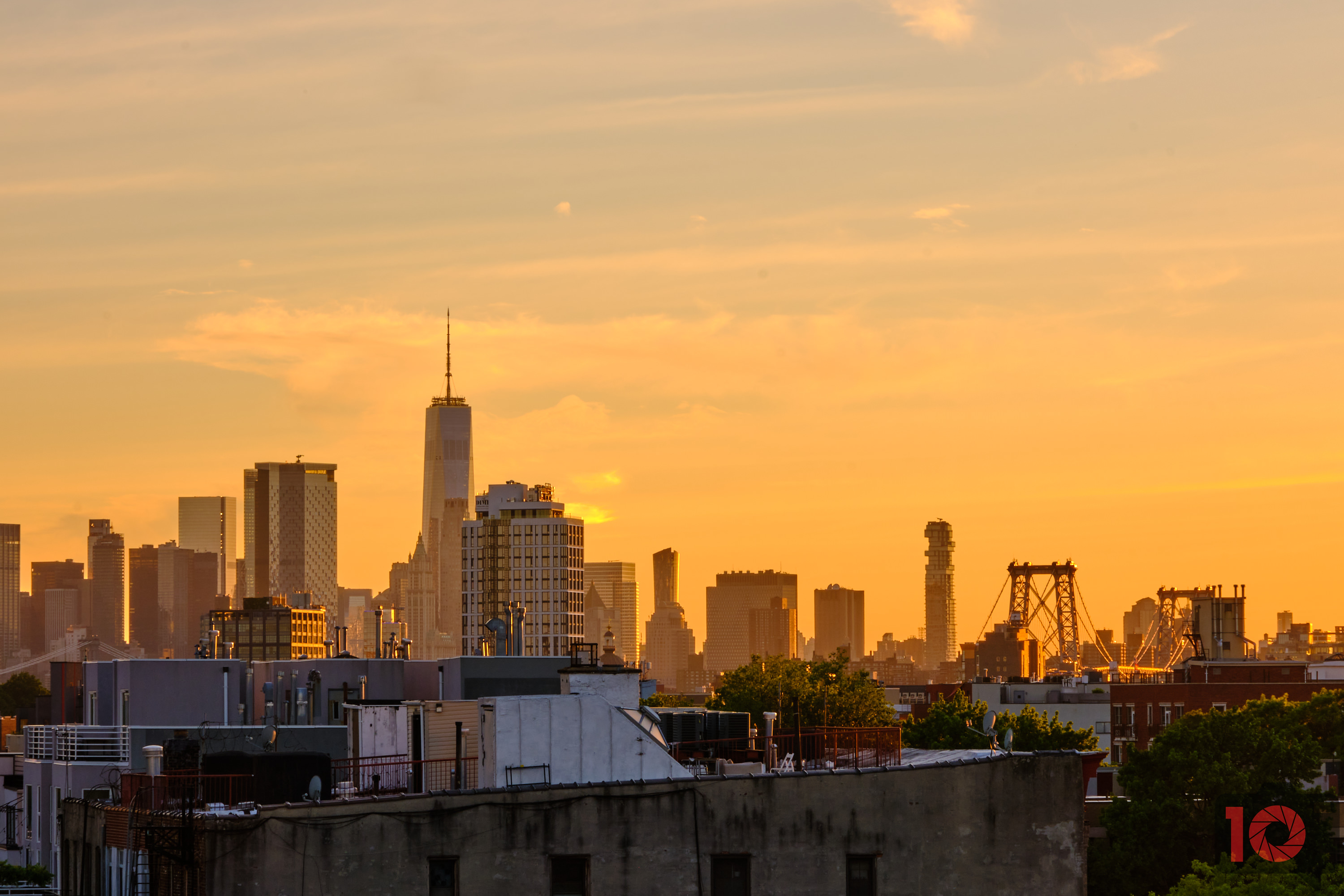
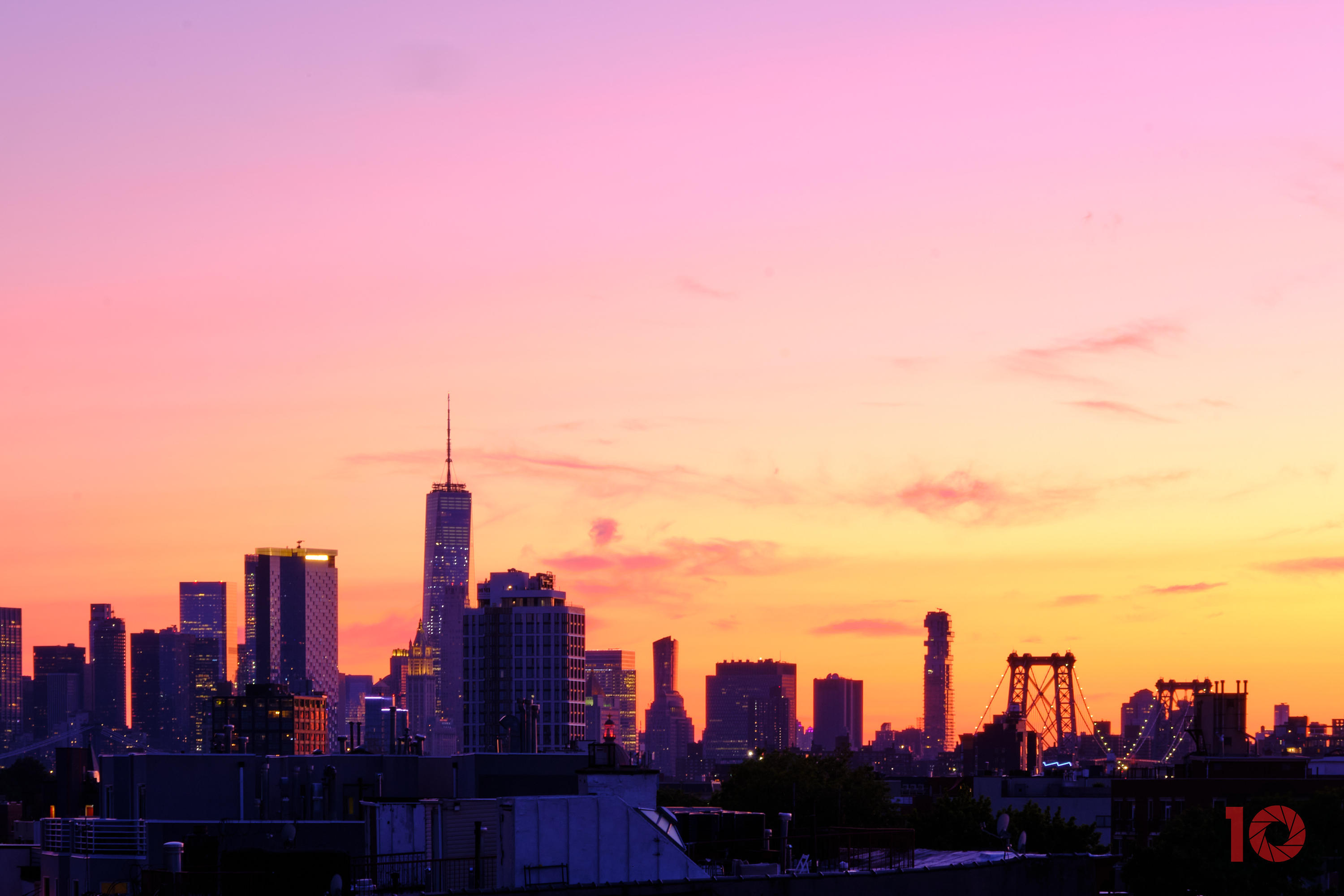
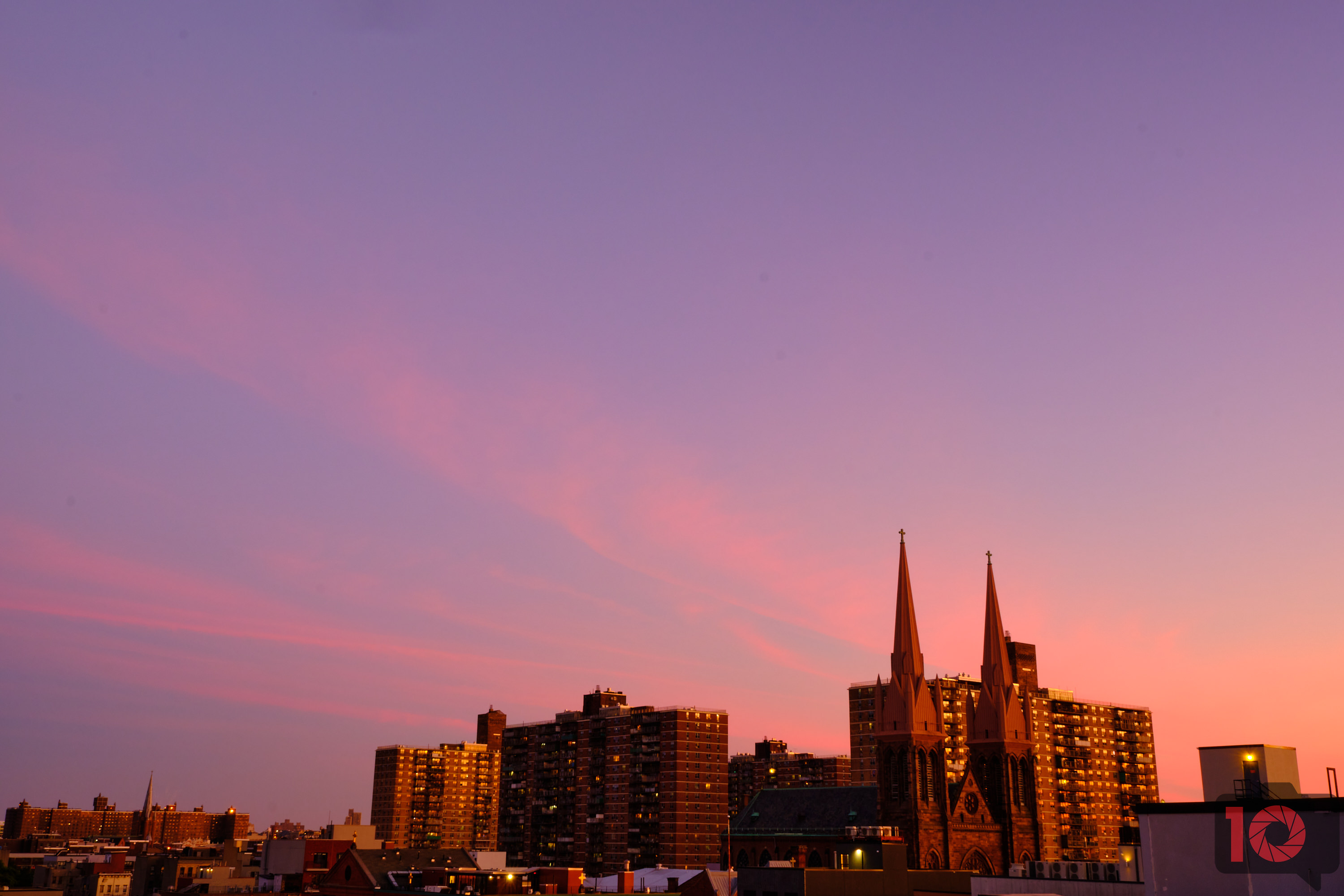
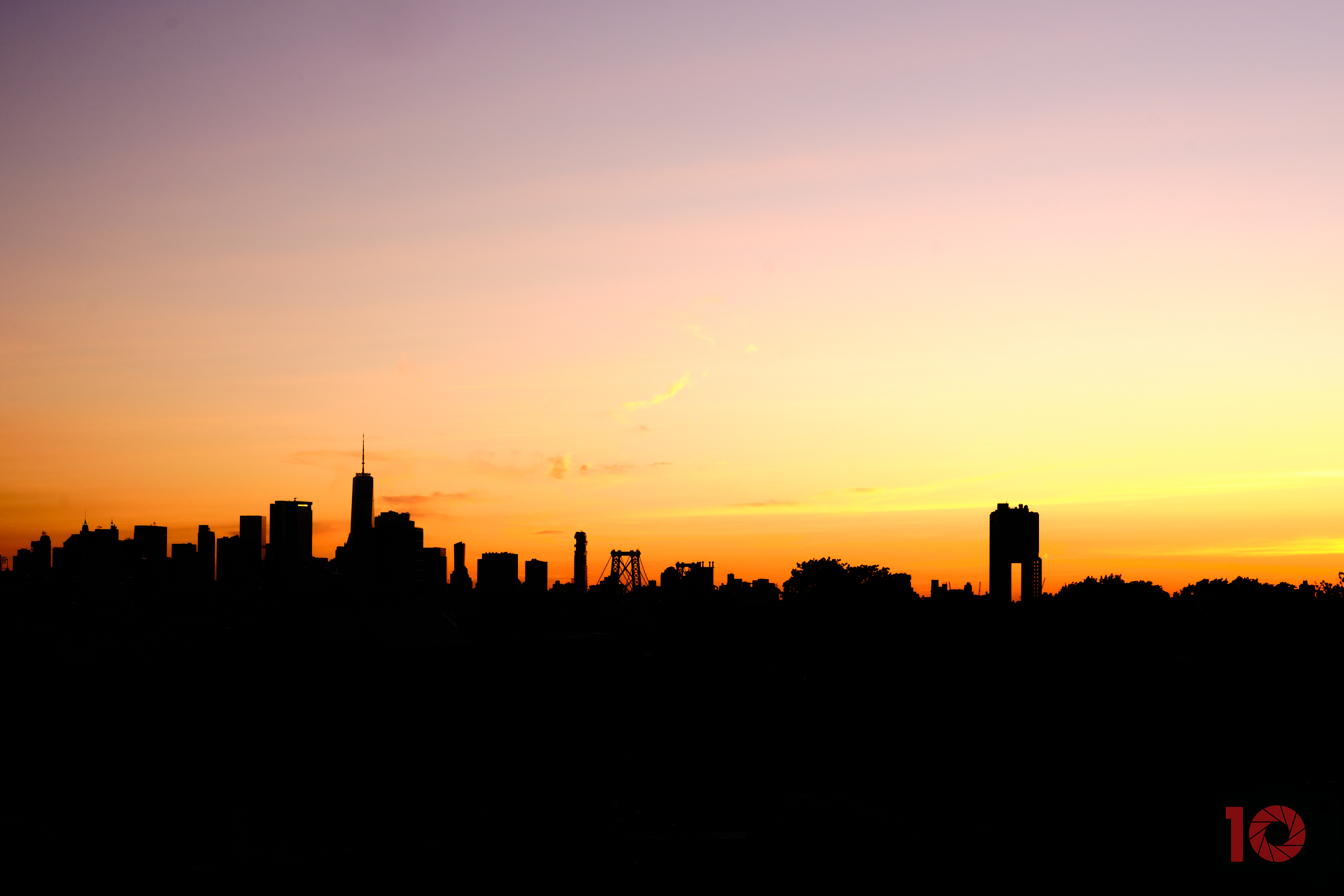


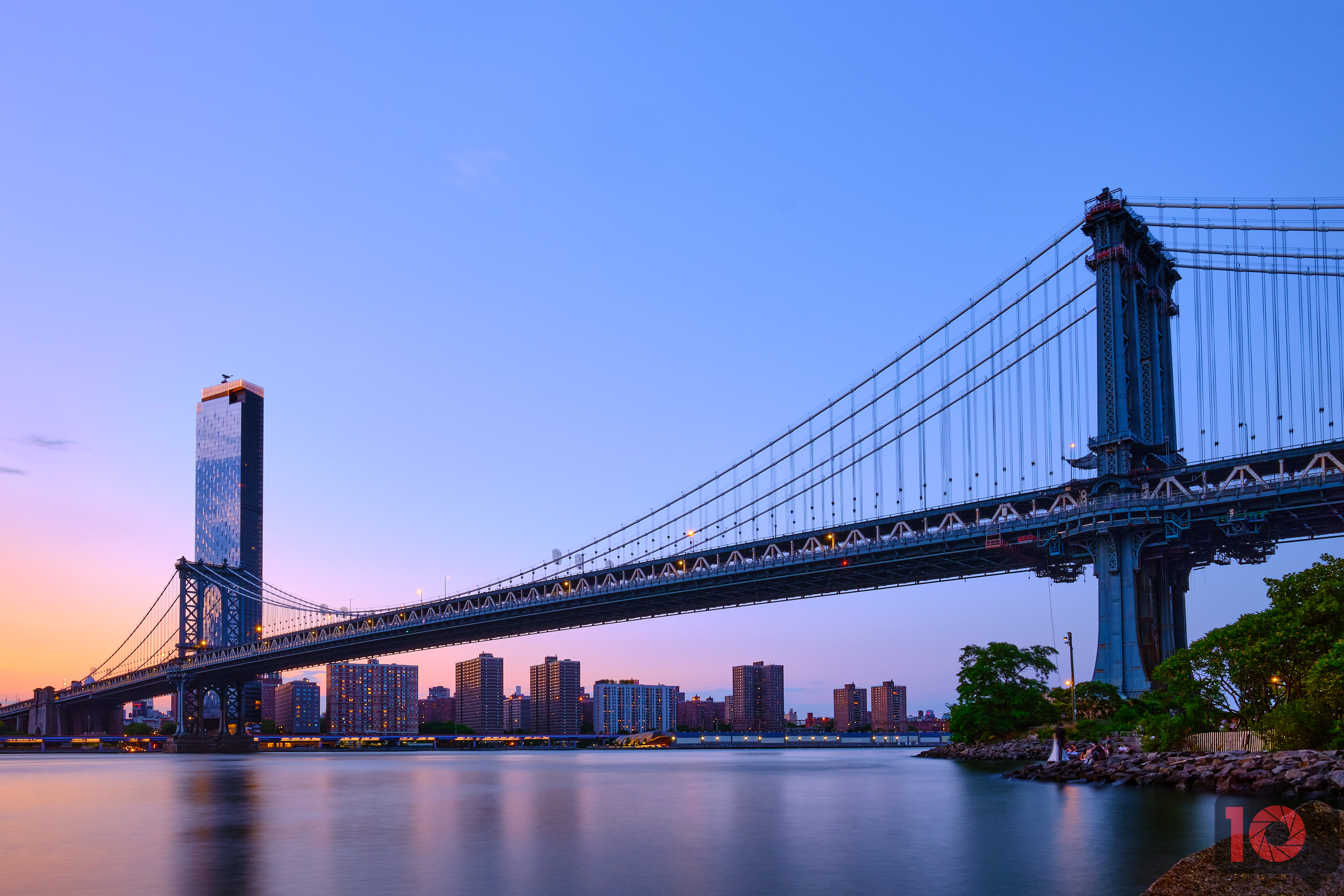
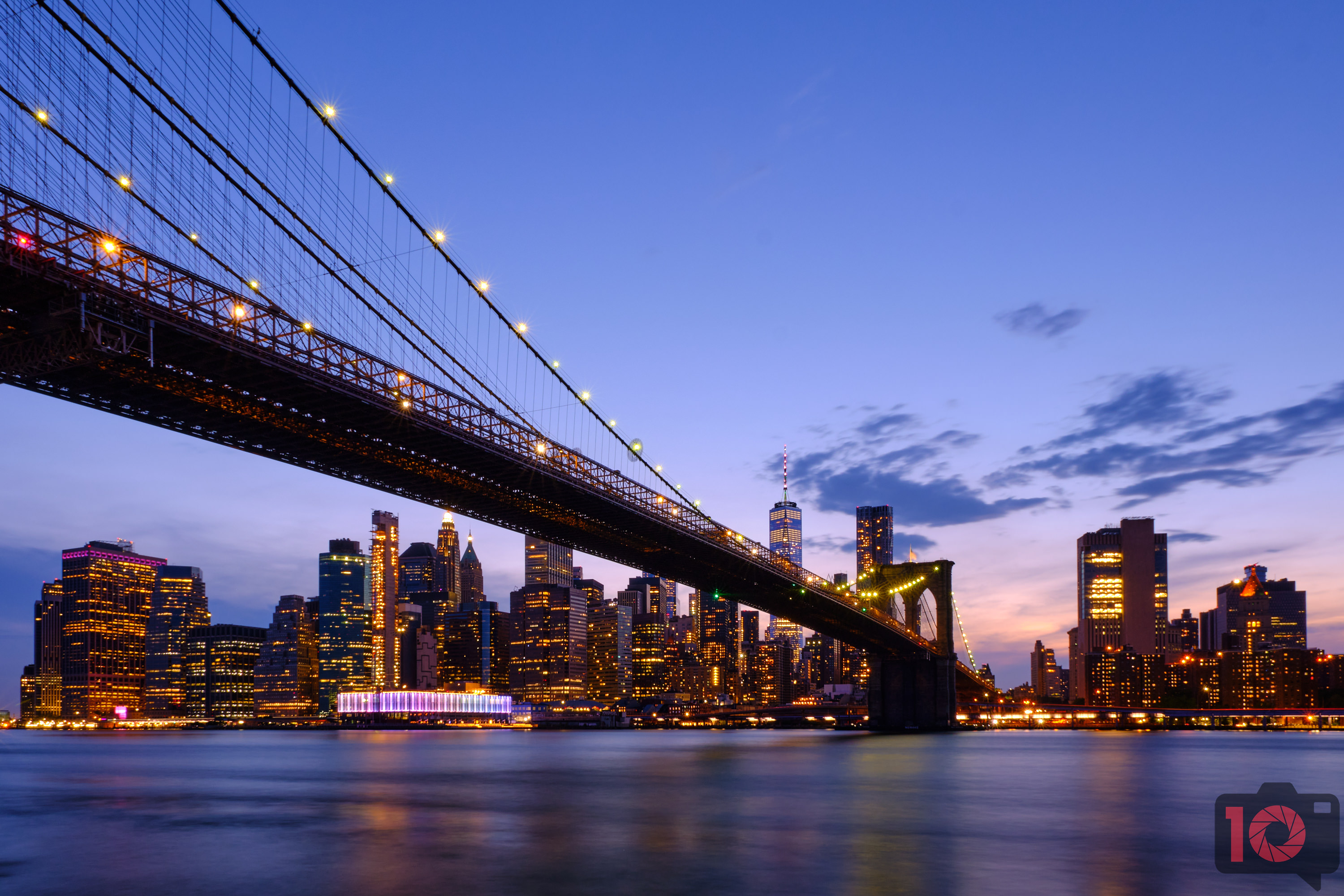
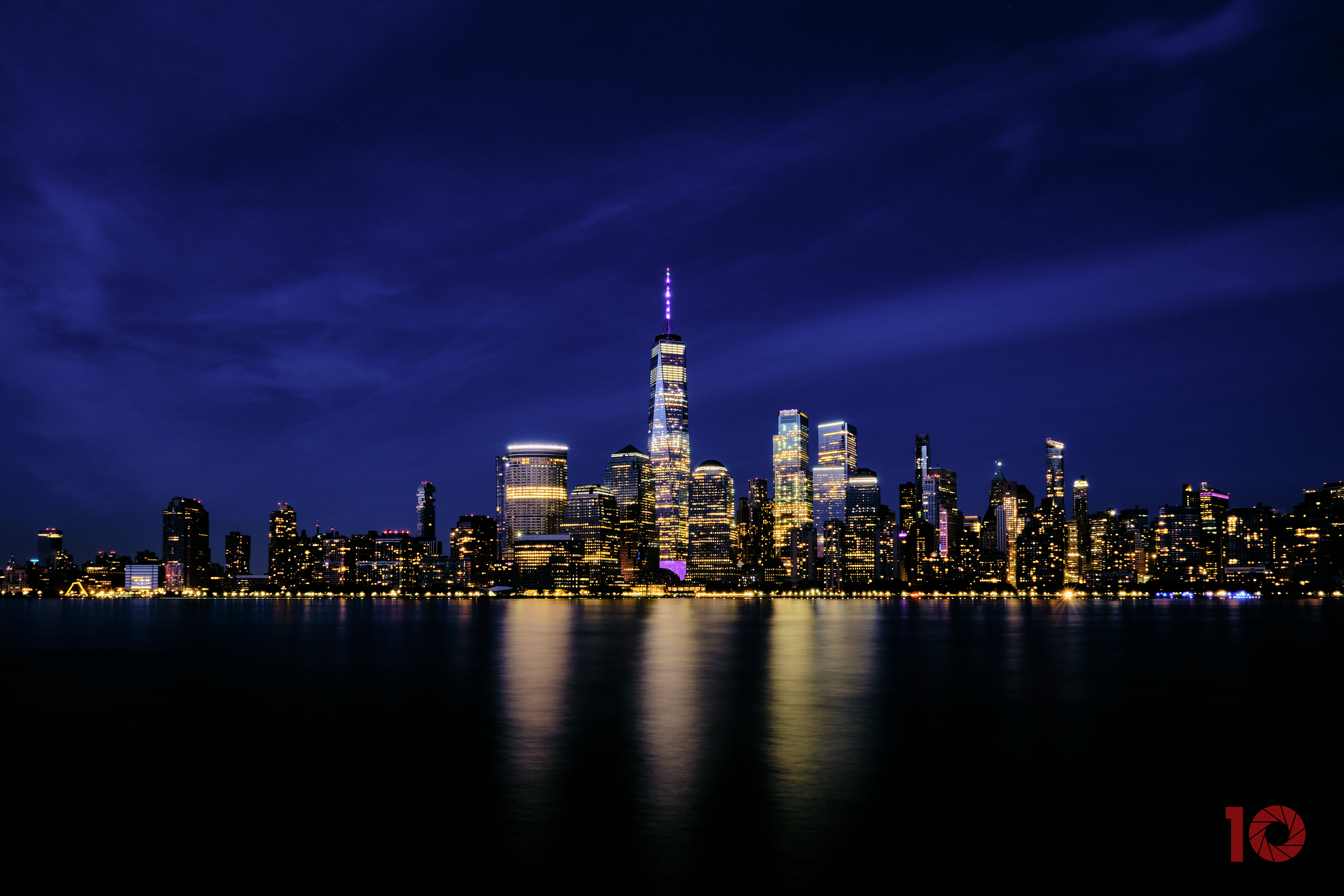
Who’s it for?
The film simulations, classic ergonomics, and wide selection of metal prime lenses make the Fujifilm XT4 a great choice for portraits and street photography. Add in the decent low light autofocus and 6.5 stops of stabilization, and it’s also an option for photogrphers regularly working in the dark, including weddings. As a wedding and portrait photographer, I chose the XT4 becuase of how much the color profiles cut down on my editing. And, access to a 50mm f1 lens made me feel like I wasn’t even loosing bokeh over my old full frame DSLR and f2.8 zoom lens.
However, the XT4 wouldn’t be my first choice for sports or wildlife. My current favorite for those genres is Canon’s autofocus system, followed by Sony. Or, if you really want extra reach, the cropped sensor of the OM System OM-1 mixes very well with a great animal eye AF system. The XT4 also tends to get image nosie faster than a full frame camera system.



